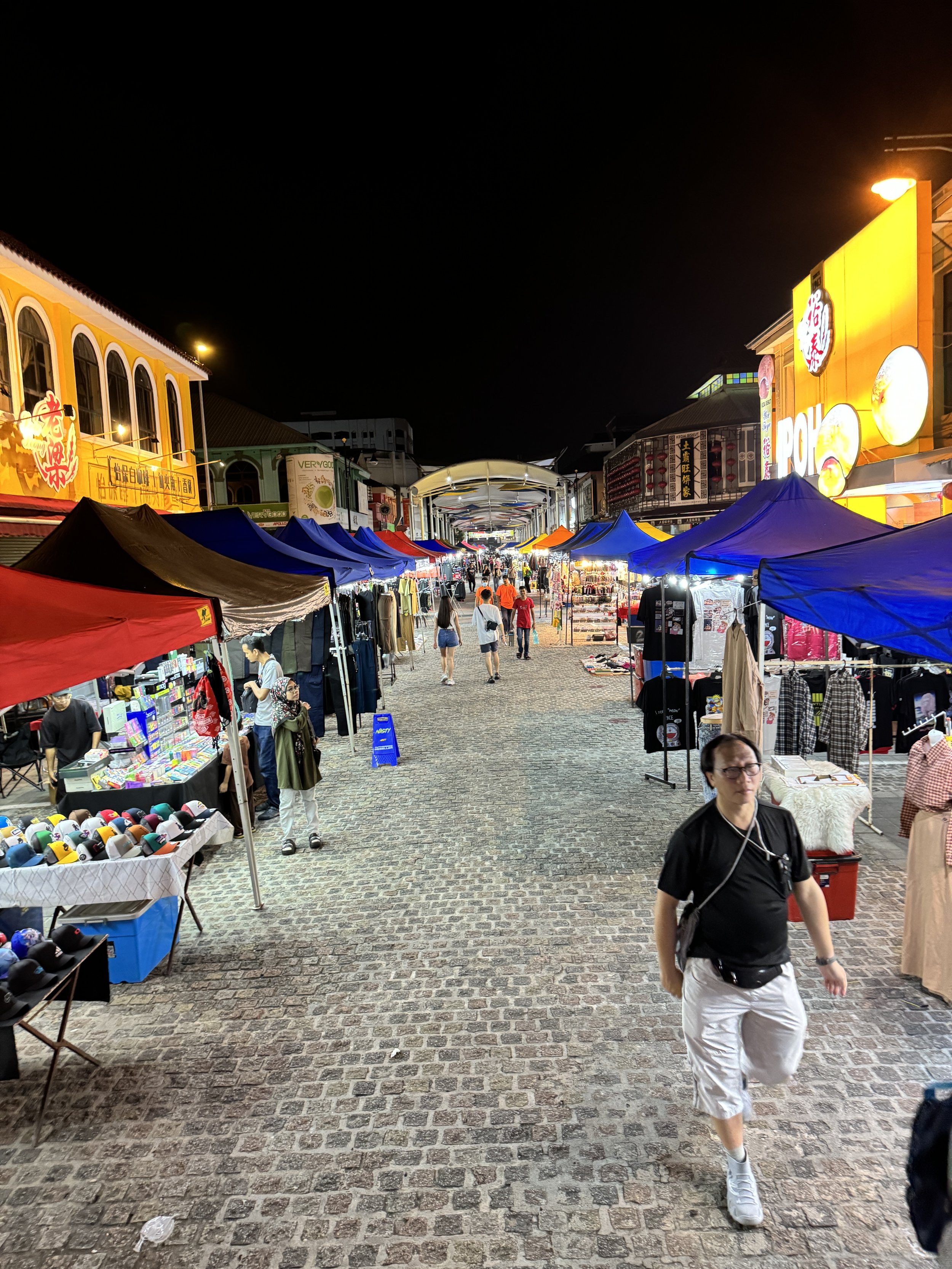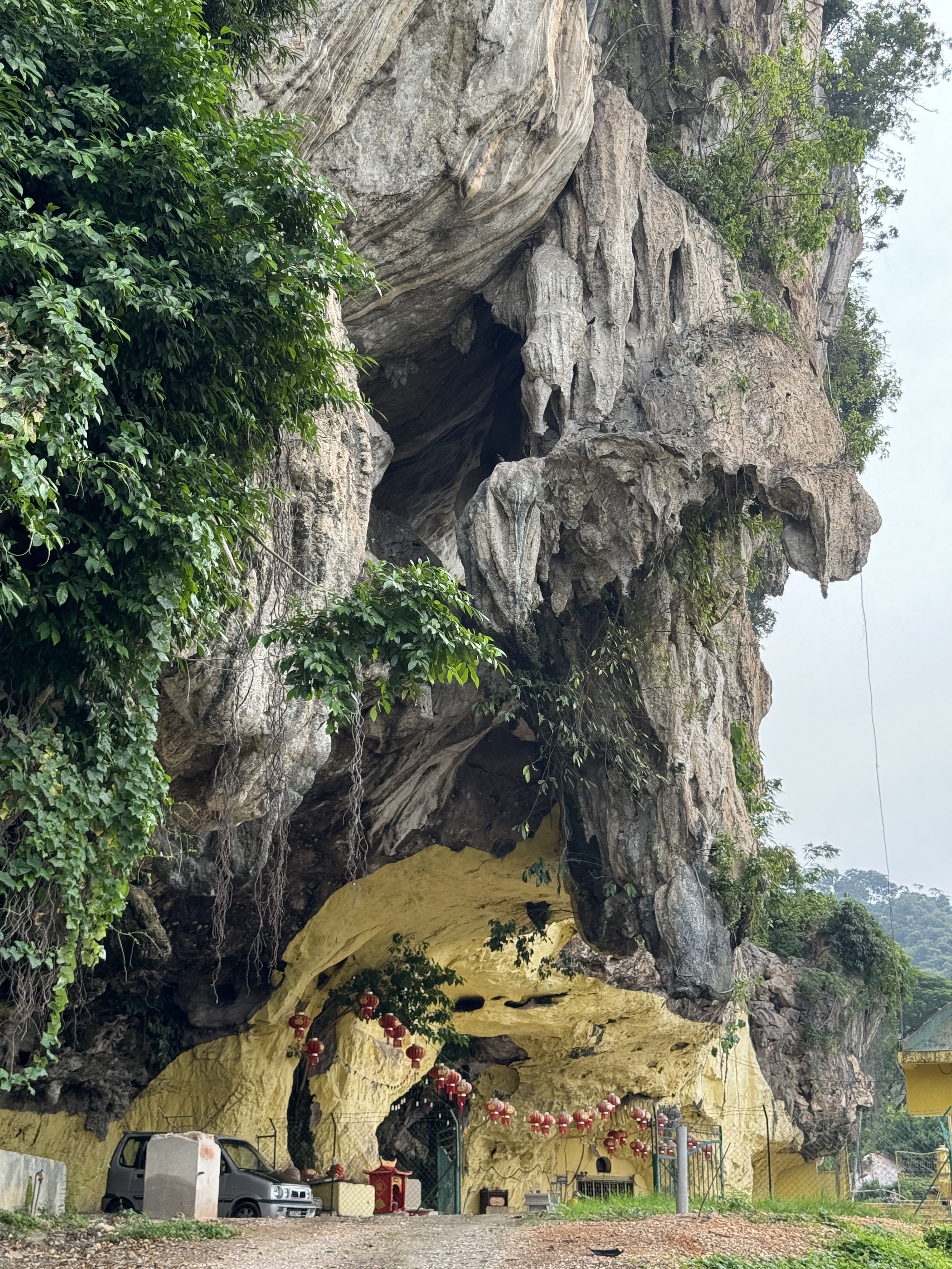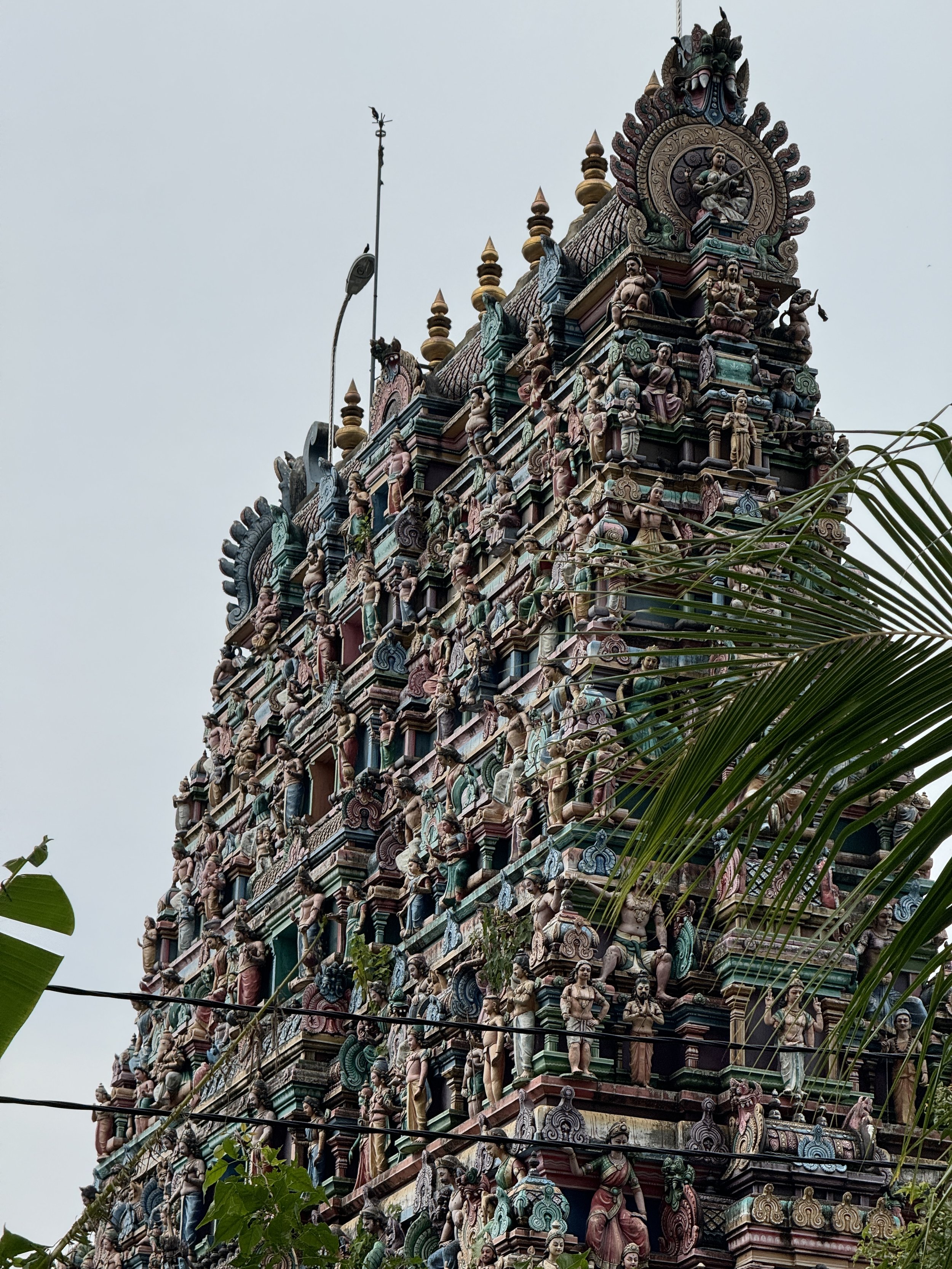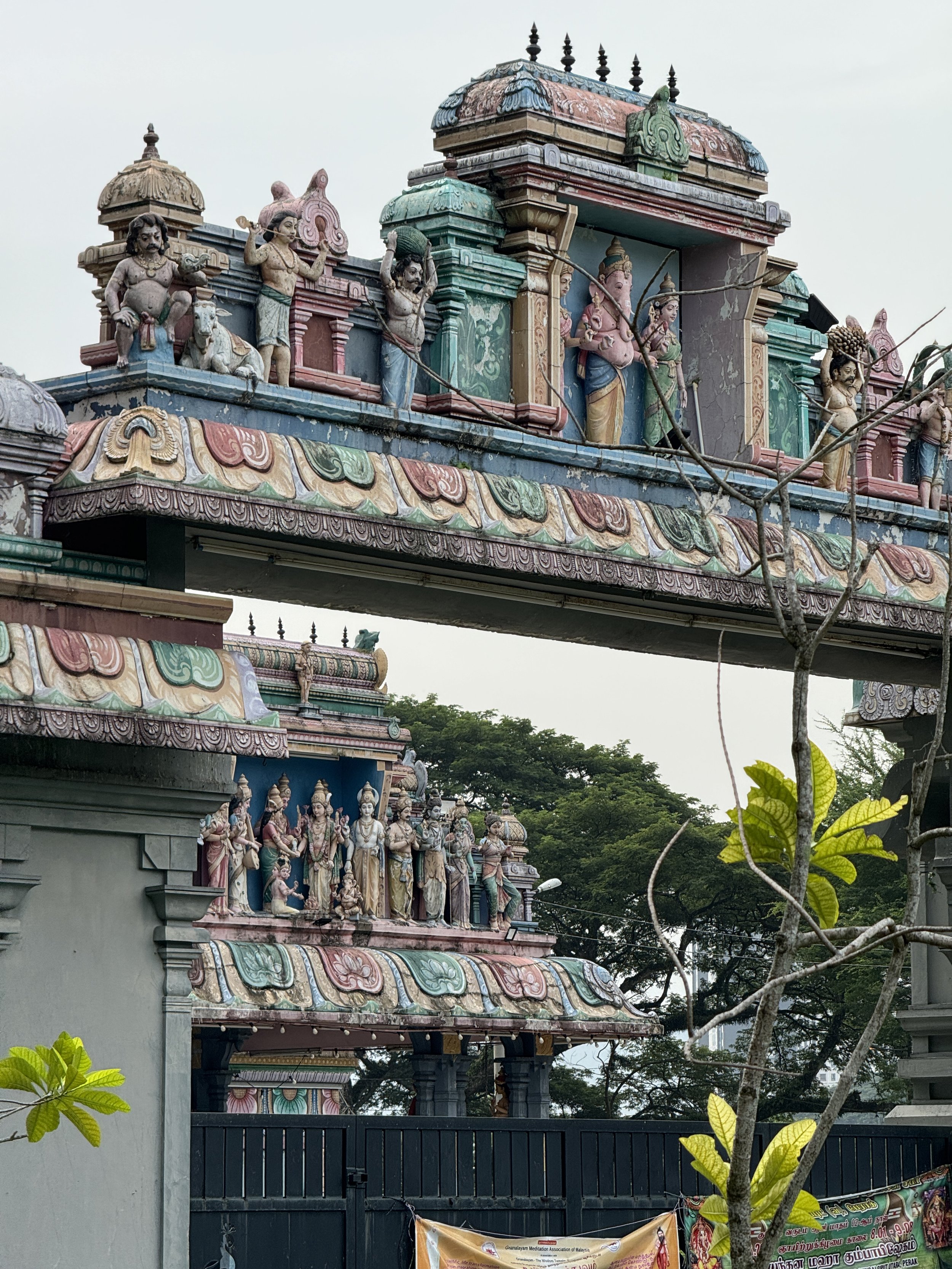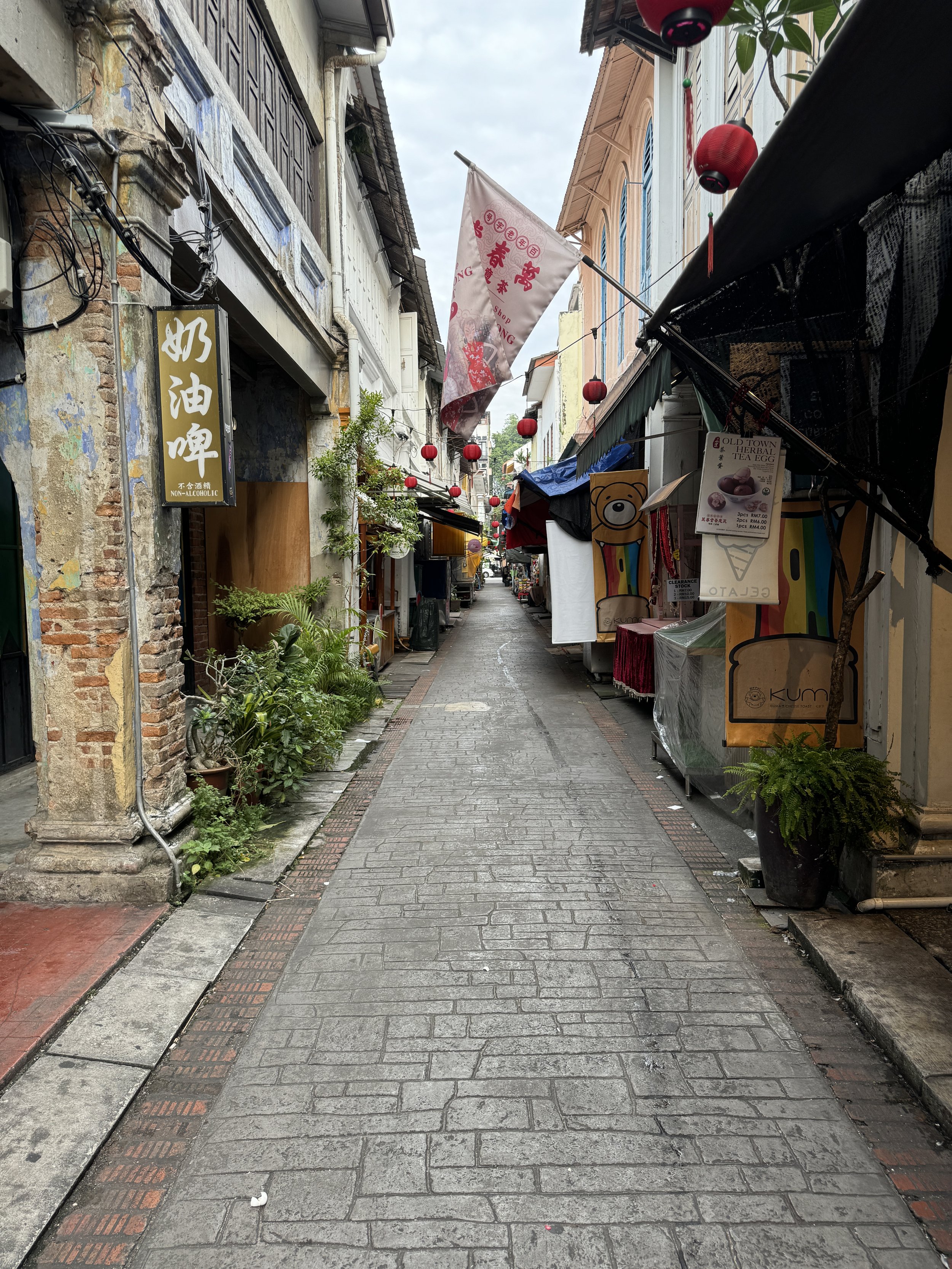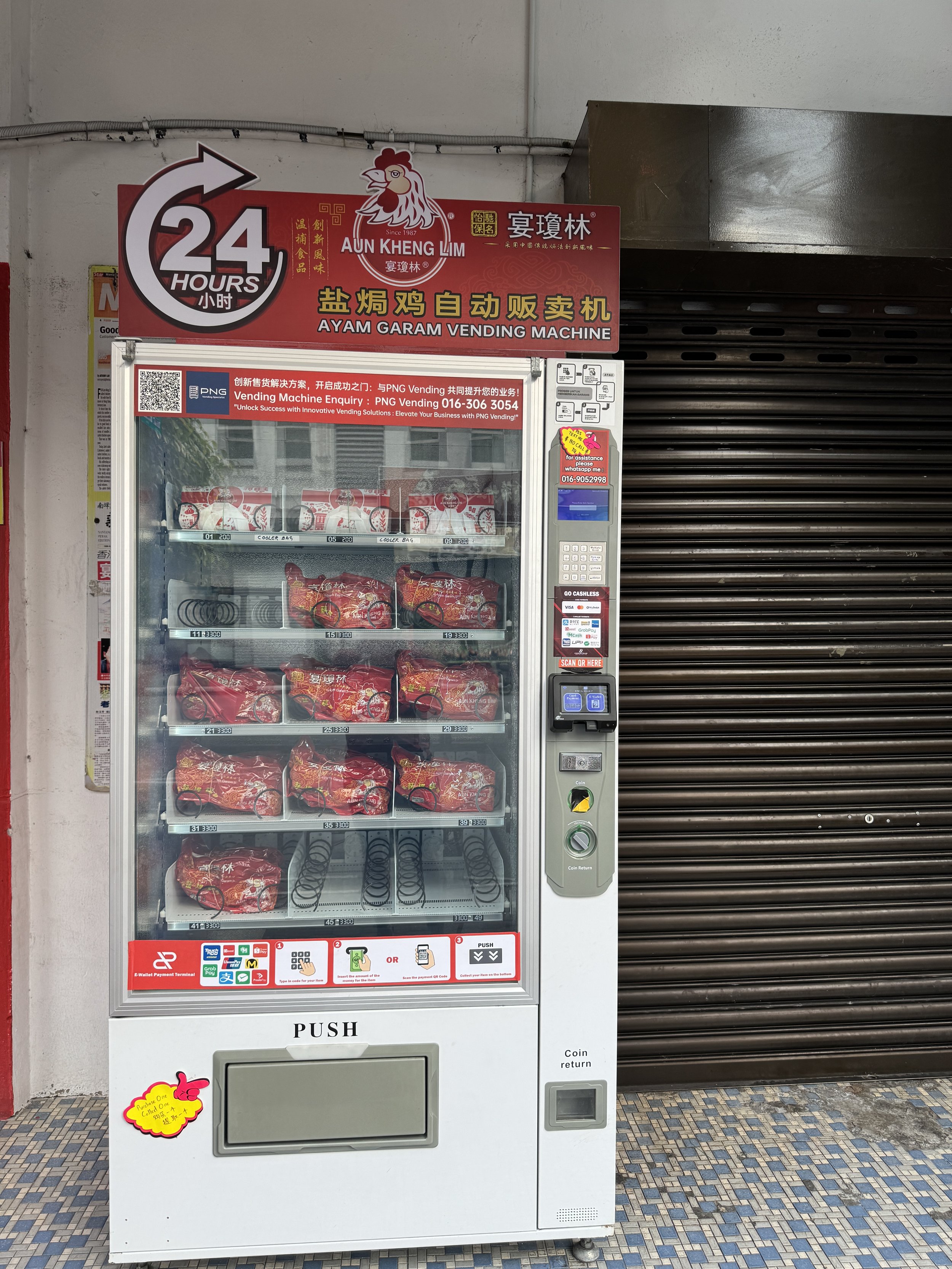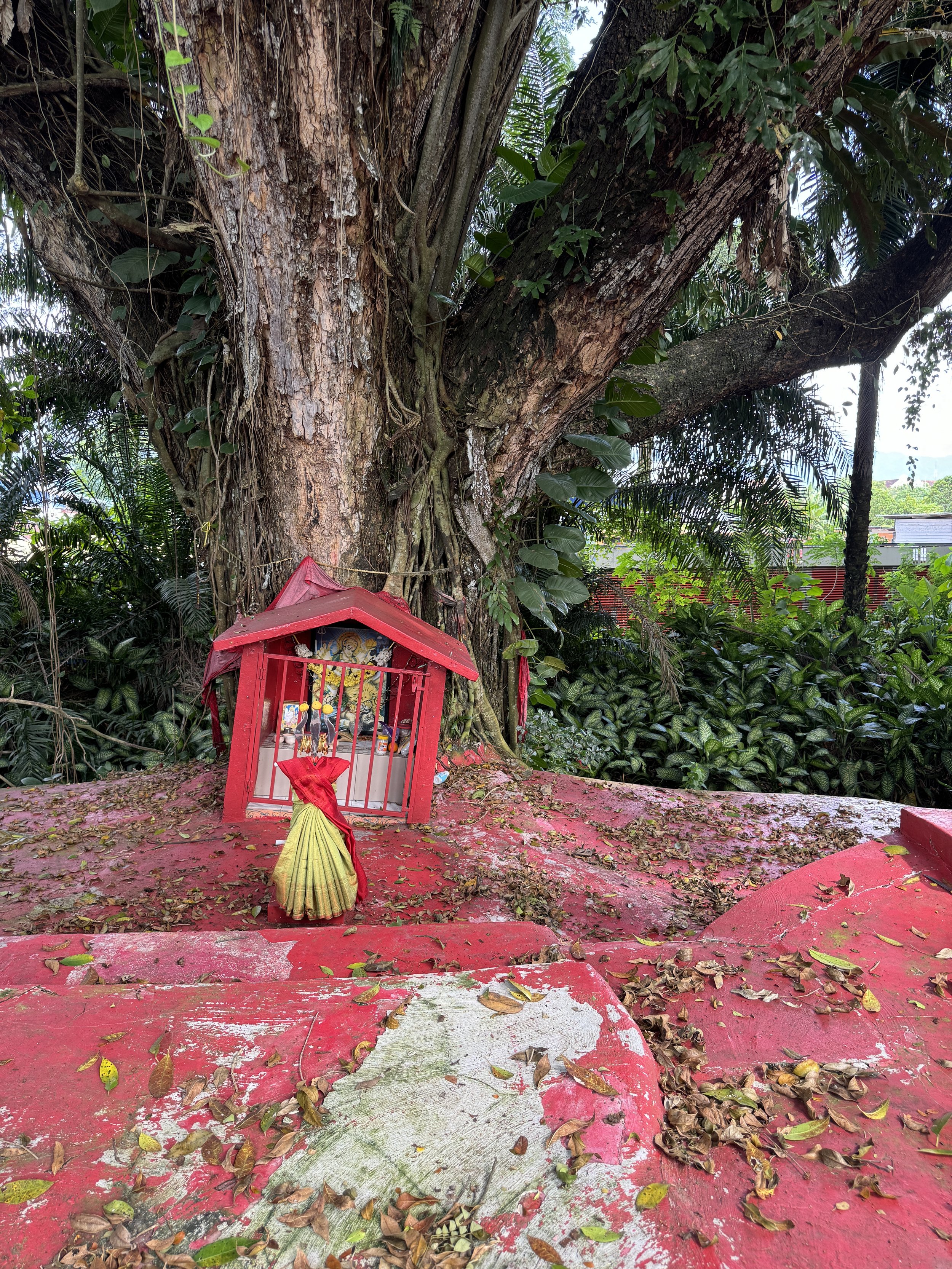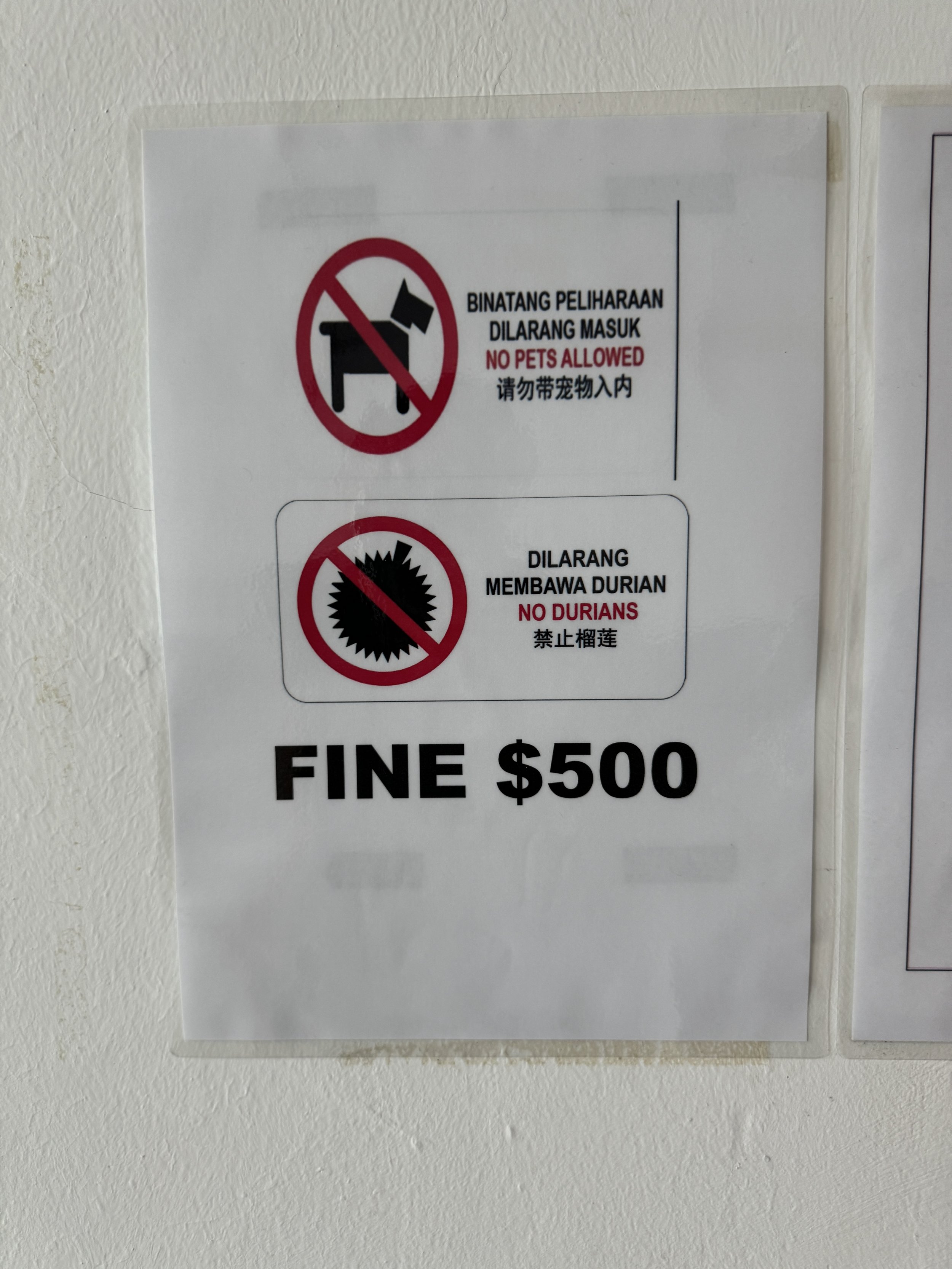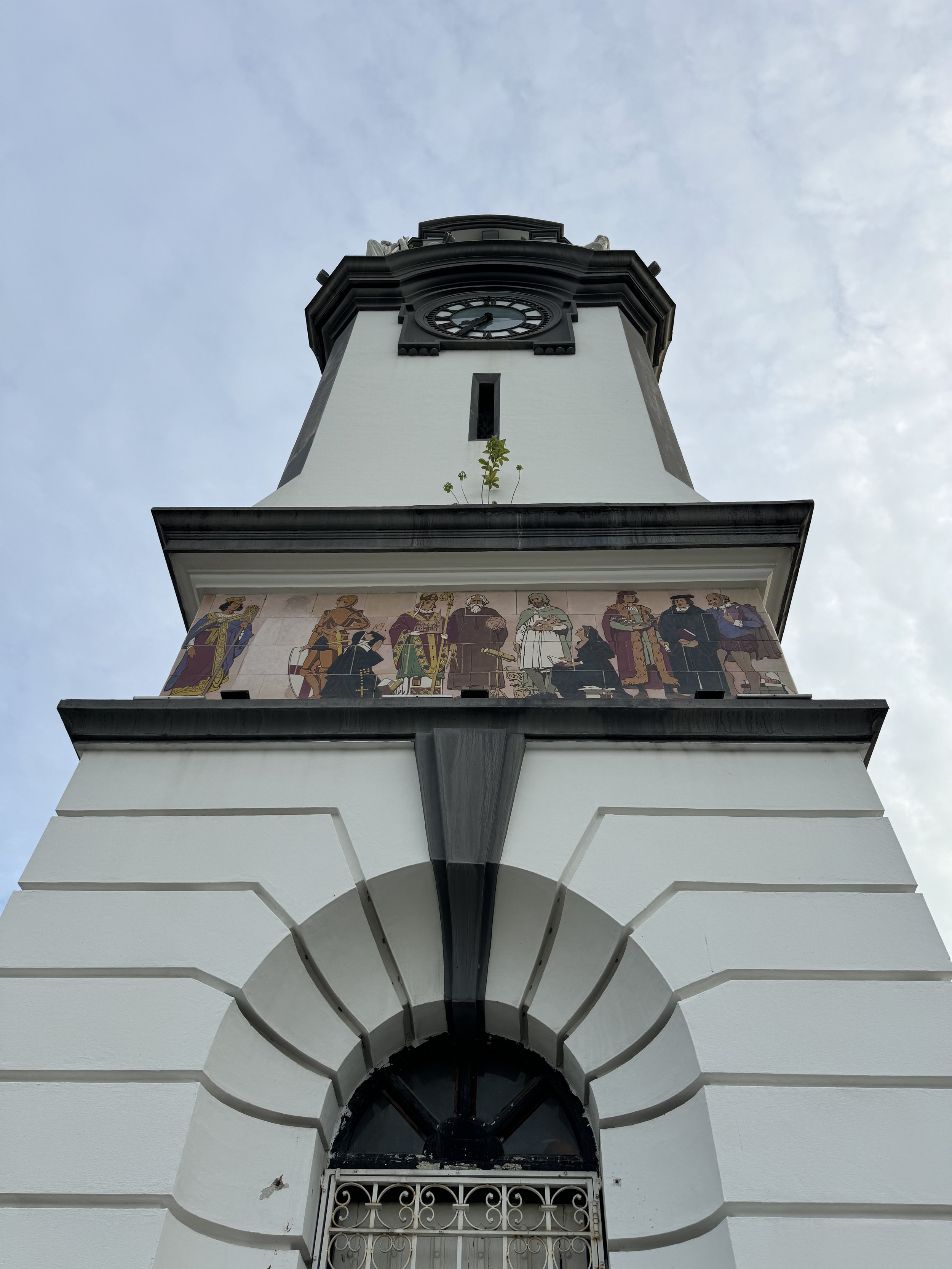June 24
Ipoh
Ipoh is a town about midway between Kuala Lumpur and Georgetown, Penang. That makes it a bit of a transportation crossroad for much of the Malay peninsula. The indigenous people of the area were first systematically displaced by the discovery of large tin deposits in the late 1800s.
Ipoh has had many tumultuous and difficult times. The British colonized the area to excavate the tin deposits. The Japanese attacked Malaysia and took over Ipoh in the 1940’s. The tin mines went dry, and the price of tin collapsed in the 1970’s.
The main ethnic background of locals is now Chinese, specifically Hakka. The Hakka mainly immigrated into the area to work in the tin mines. The language heard on the streets is generally Cantonese. Like Malaysia as a whole, there is a diverse range of families here in Ipoh, with Indian another common ethnicity.
Today, Ipoh is known as the birthplace of Michelle Yeoh, and as a tourist destination. In 2022, Ipoh had the fortune (or misfortune, some locals think) of having CNN Travel list the city as the most underrated tourist destination in Asia. Today, Ipoh has busloads of tourists dropped off in the Old Town area every day.
I’ve seen the good and bad side of that in my short stay so far. I watched a group of tourists manhandling clothes from the tables and racks of a vendor on Concubine Lane, and then throwing the unwanted items down right on the street. I’ve also watched tourists provide a much-needed boost at some local shops and behave kindly and decently to workers.
Ipoh continues to try to maintain its colonial architecture. Throughout town there are pockets of the British colonial buildings that are well preserved. The train station and Town Hall are great examples of this preservation.
Food in Ipoh is mainly centered on Chinese cuisine, especially reminding me of the food in Hong Kong. There’s some very local specialties or variants of those foods, like Salt Chicken (Named for the way it is baked in salt ovens, not how it’s seasoned). A rich Indian food scene is also present, and some of the best curries I’ve ever had are here.
Ipoh has a thriving arts scene, and there are murals painted on buildings everywhere. I think someone could spend a week solely traversing the streets to document the street art.
Away from the tourism and city, there’s the Kinta River that bisects the town and both banks have a long, well maintained walking path called the Kinta Riverwalk. It runs about a mile north of the city and a half mile south, so the entire loop is about 3 miles. There are also limestone cliffs and hills called Magotes that have natural and carved caves. Many of these cave complexes have Buddhist temples built into or next to them.
I really like Ipoh, it lives up to its billing as a nice town with a lot to offer.
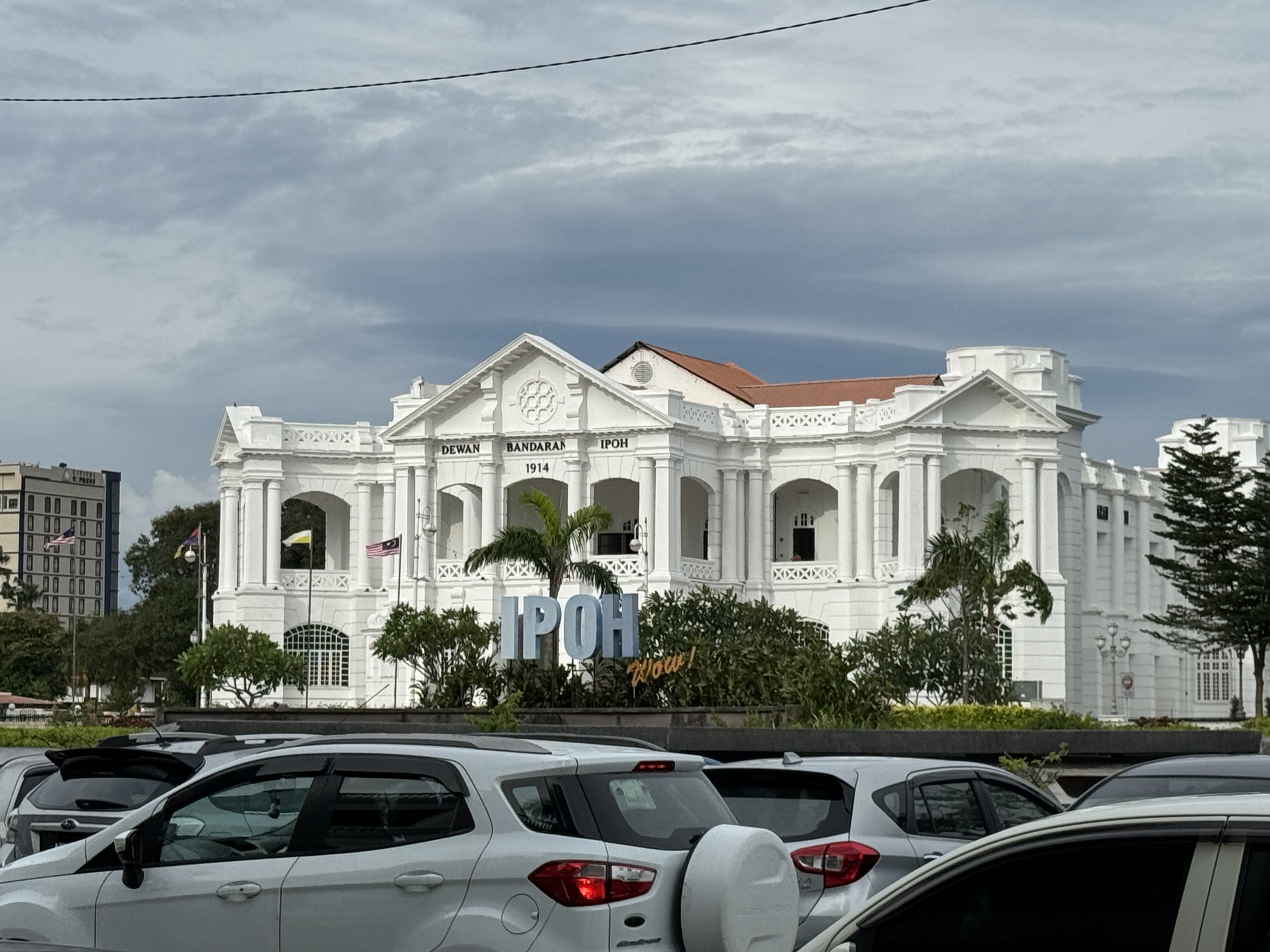
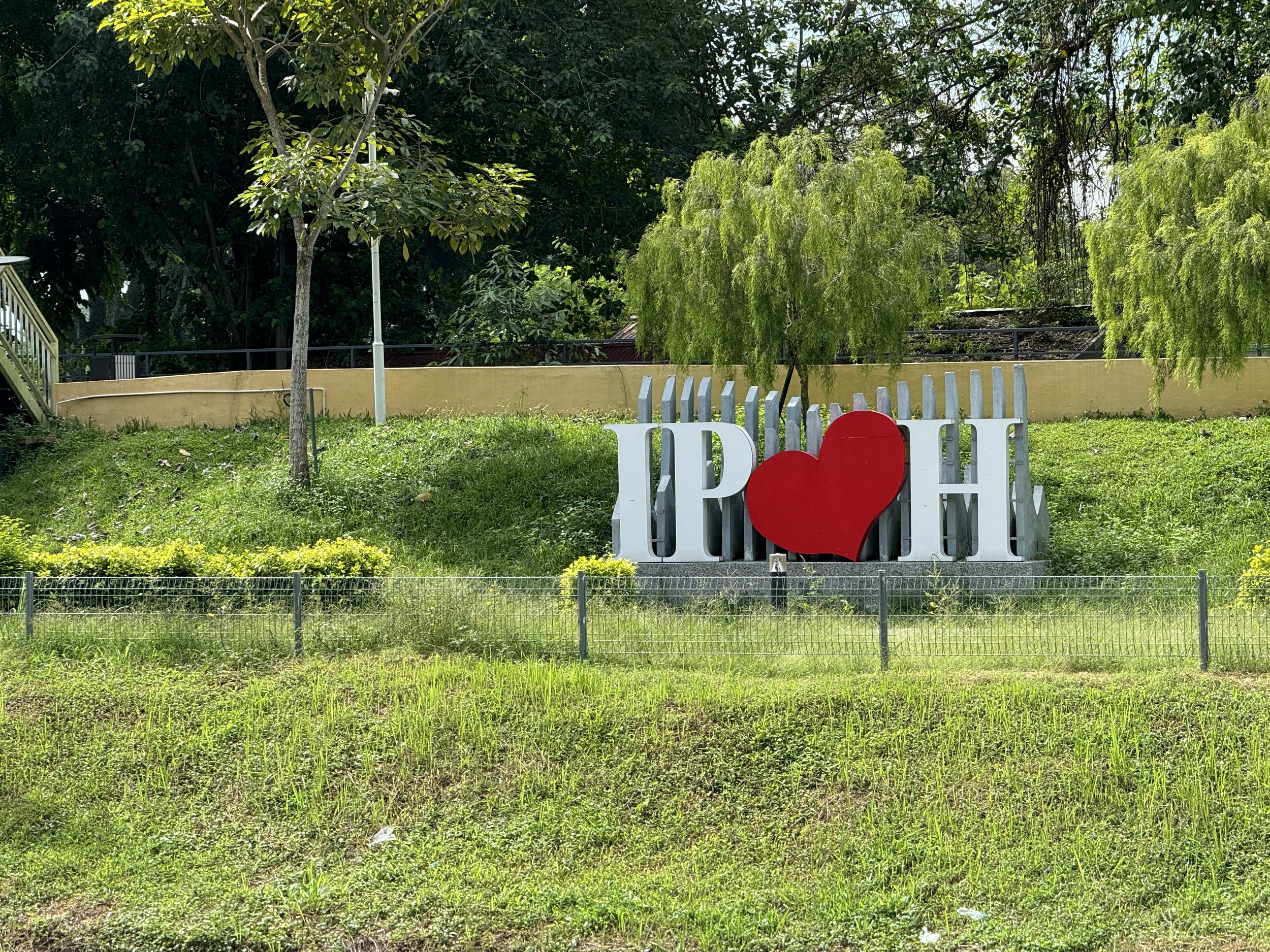
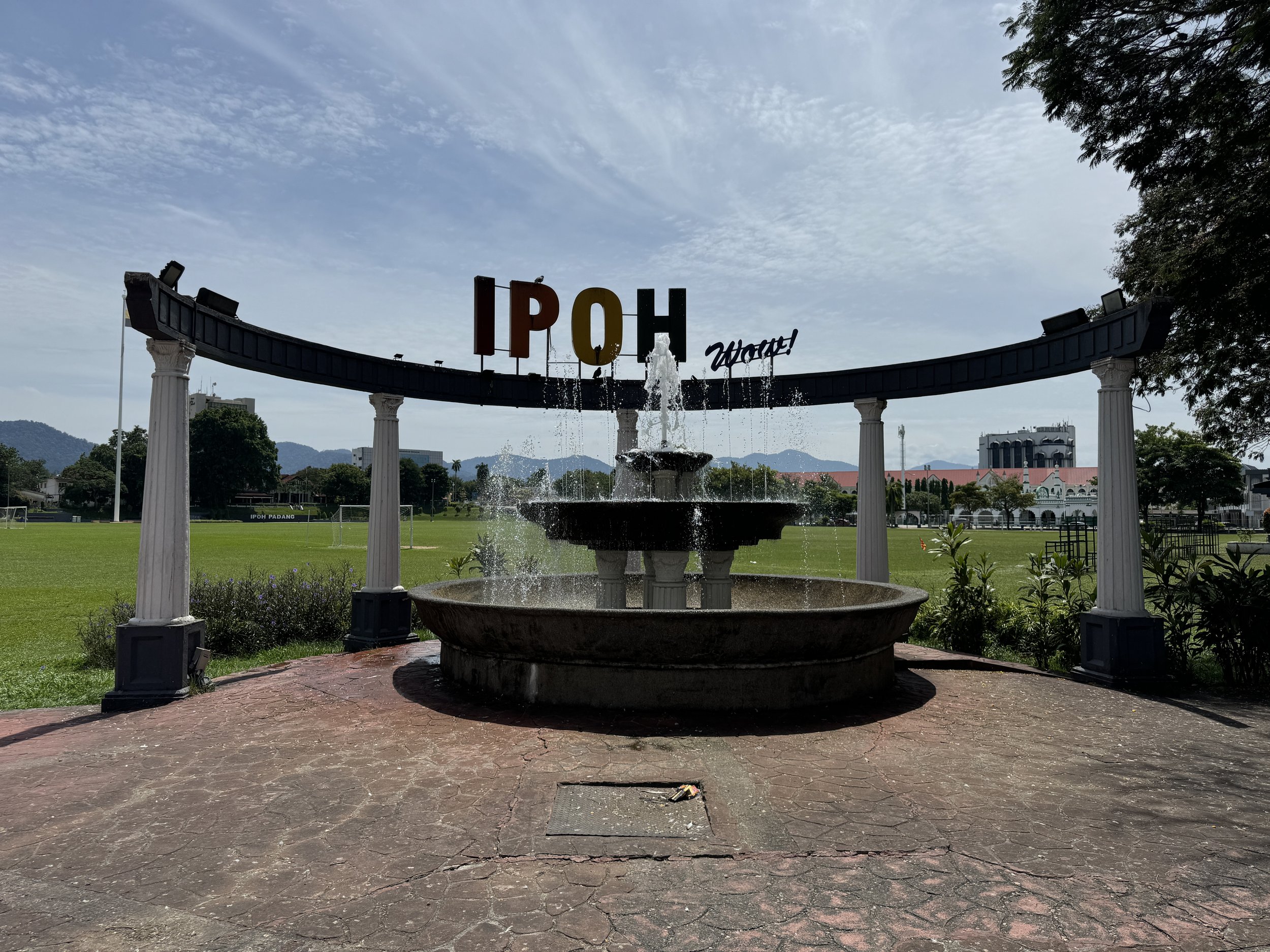

Ipoh City Hall seen from the Train Station
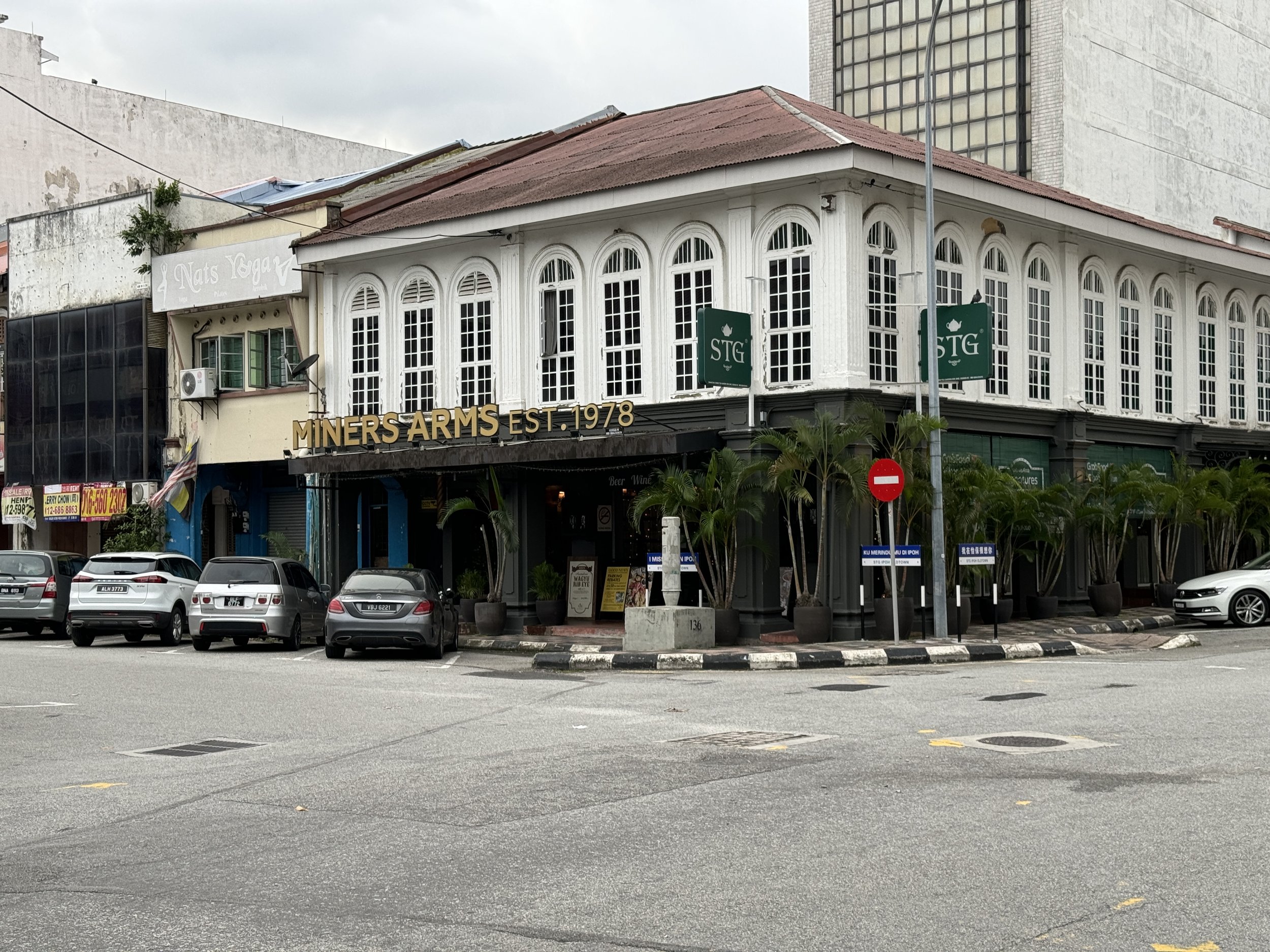
One of the examples of preserved British Colonial architecture sprinkled around town
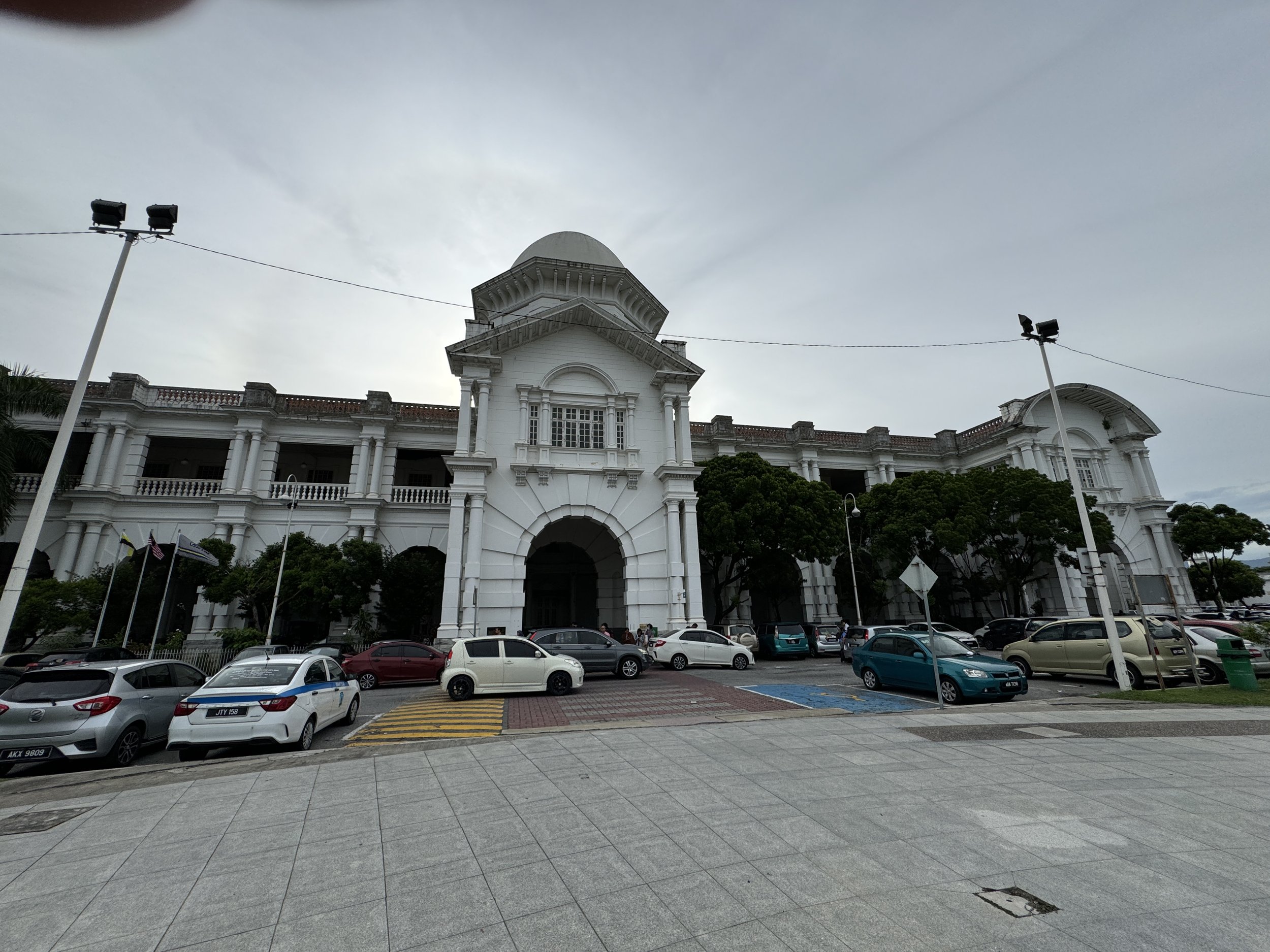
Ipoh Train Station
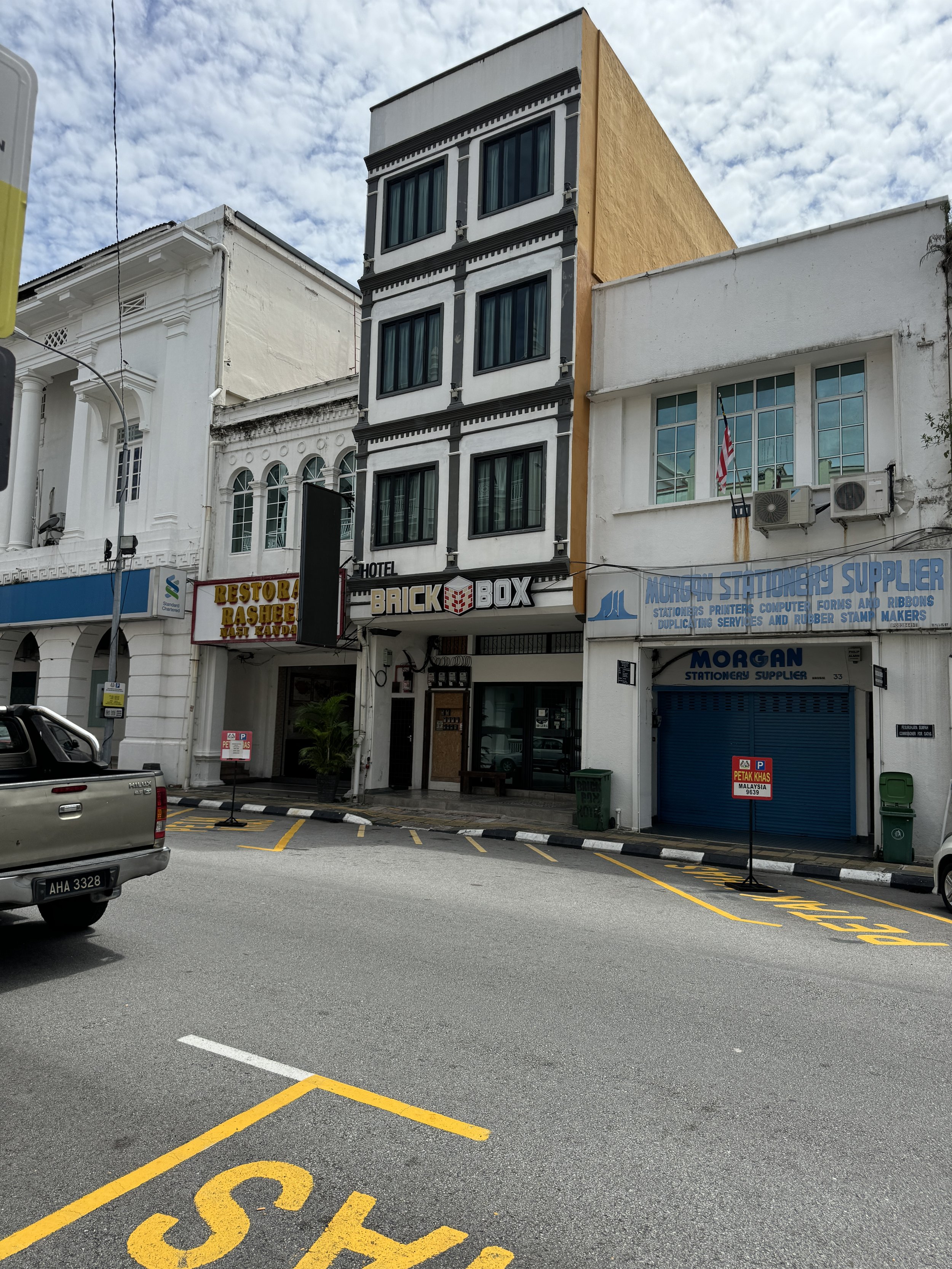
The Brick Box Hotel, my home for 4 nights
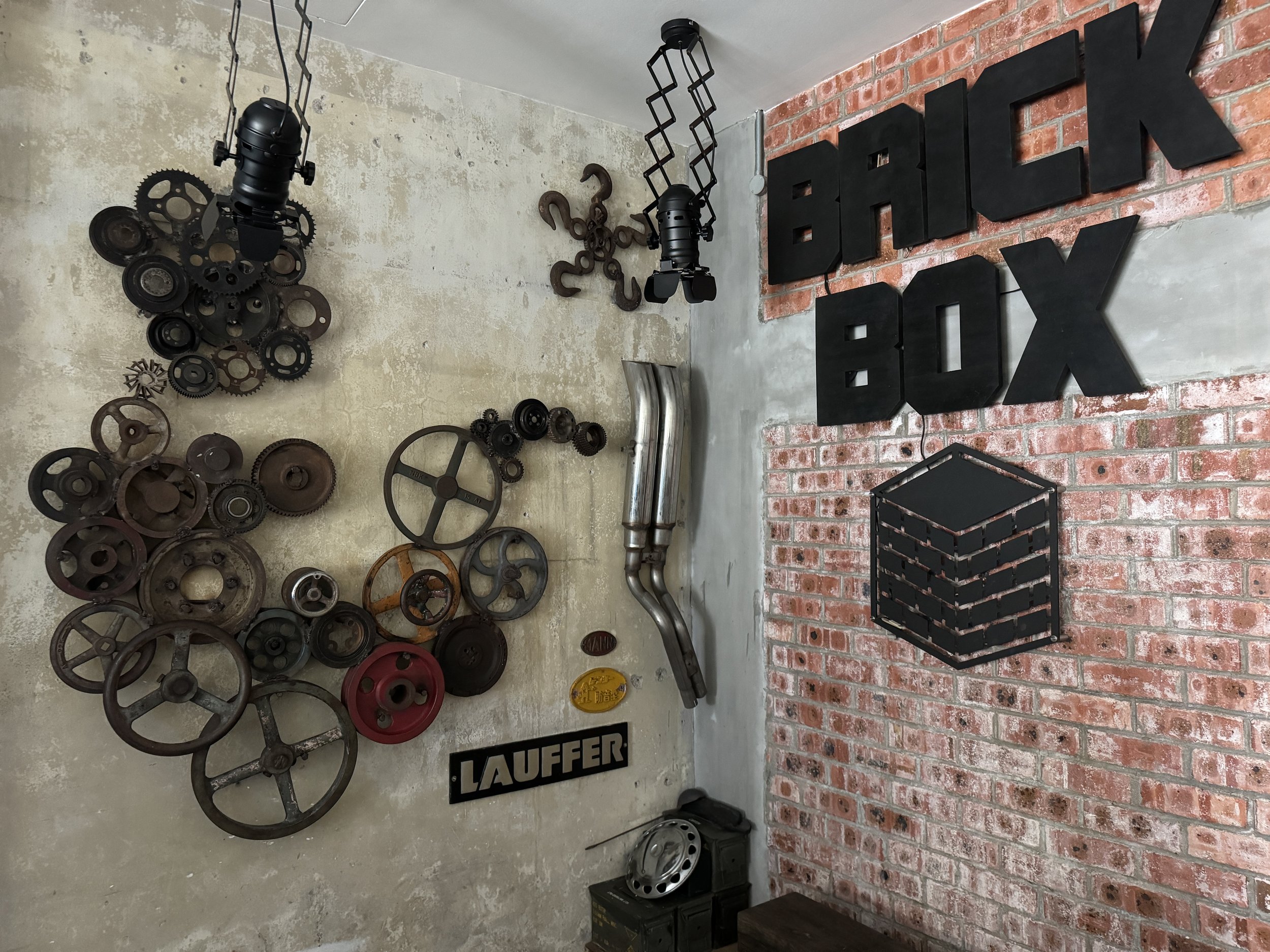
There's interesting lobby art at the hotel
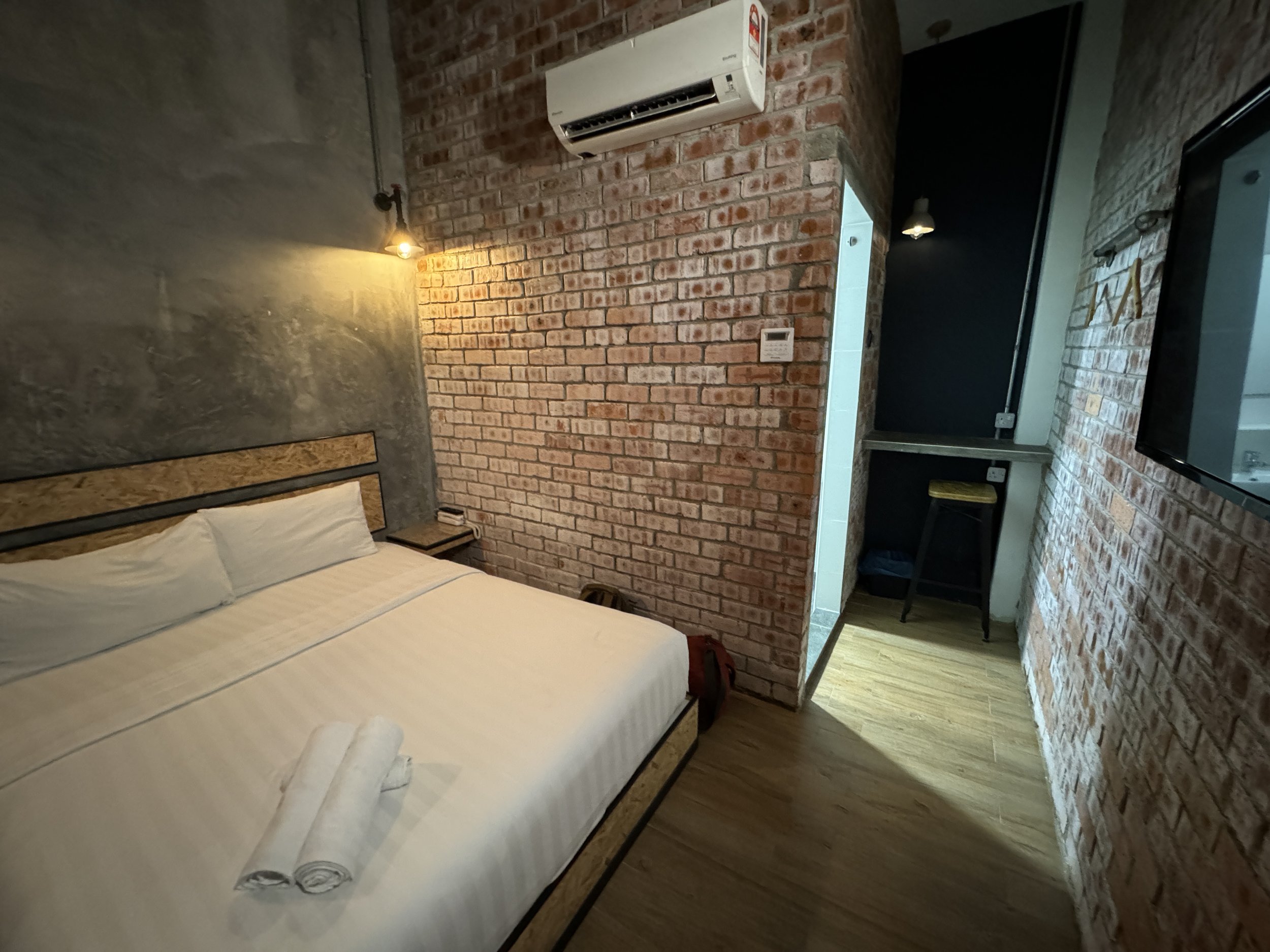
My simple room in the Brick Box hotel. It's literally a brick box.
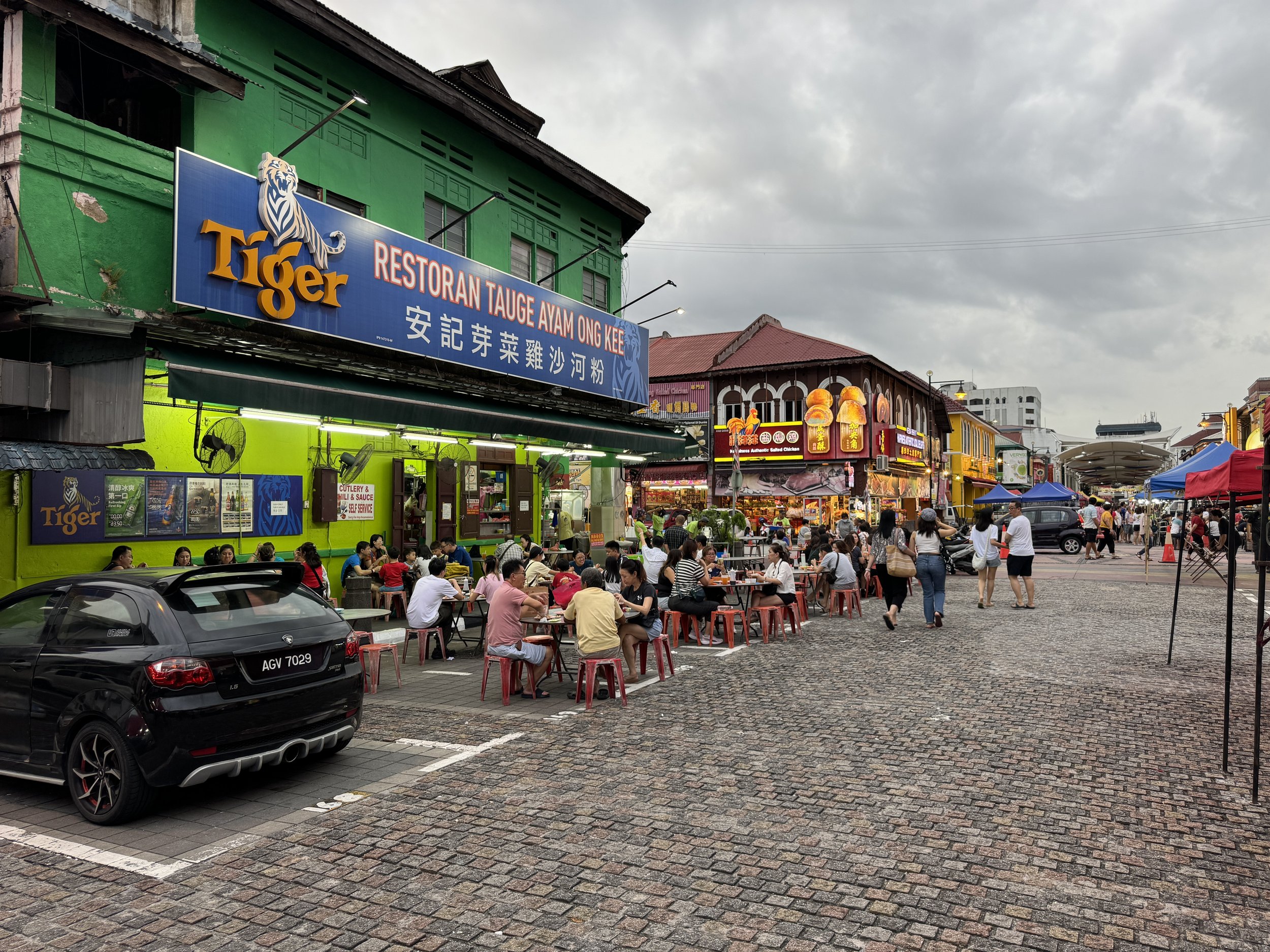
Just starting to set up the evening market, the street is not super busy yet.
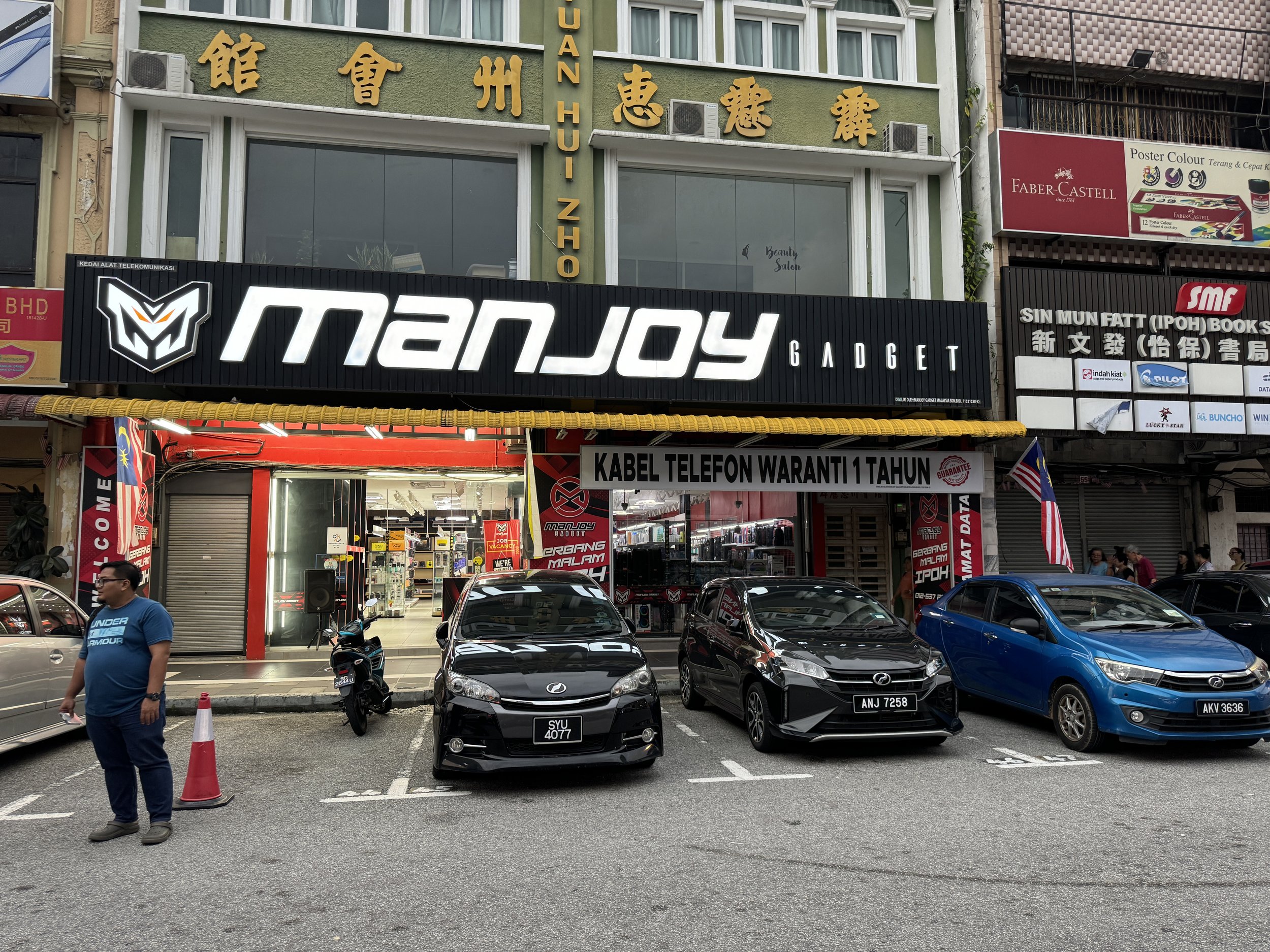
Manjoy. Read into that what you will.
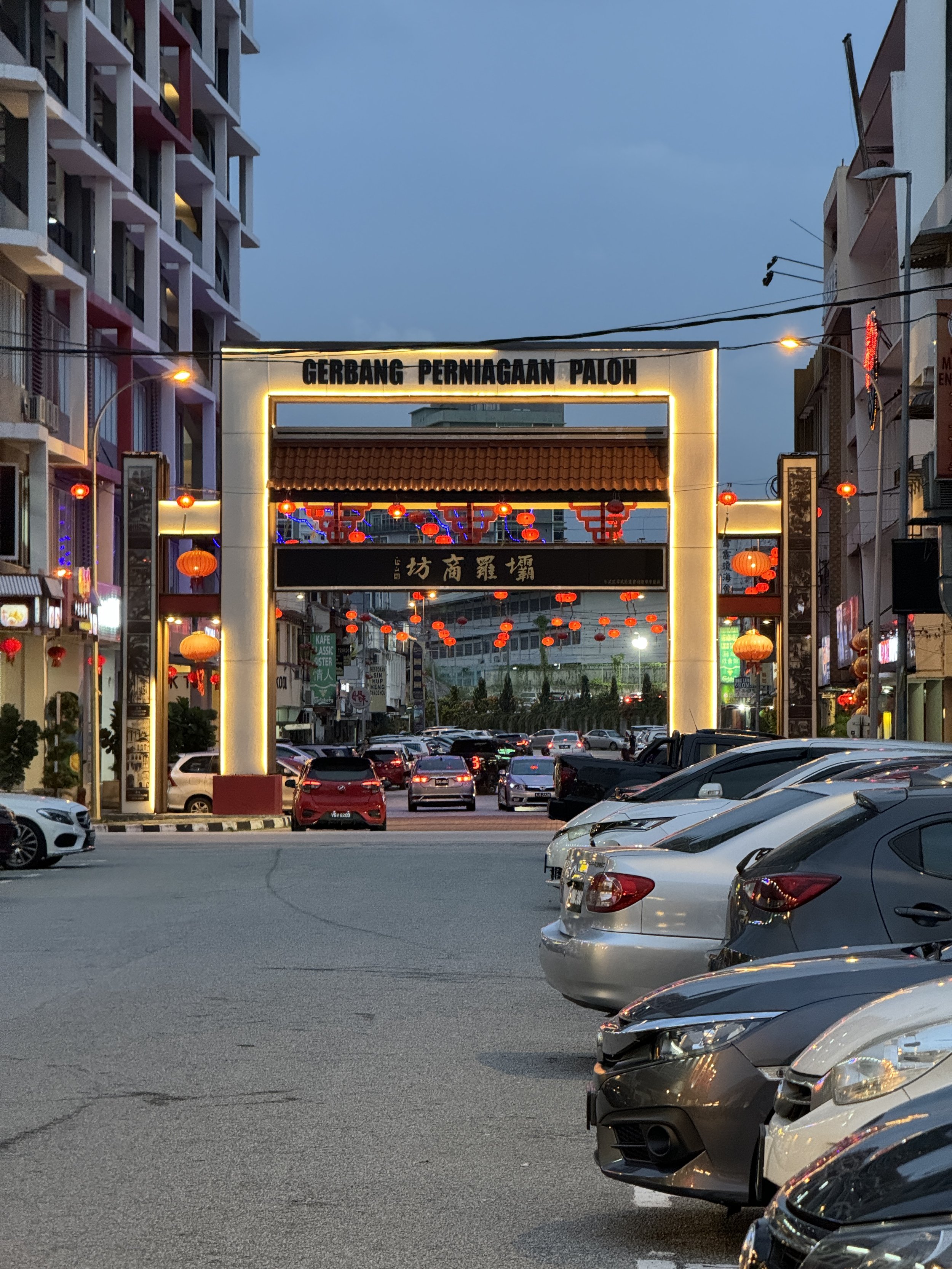
One of the entrance gates into the night market area
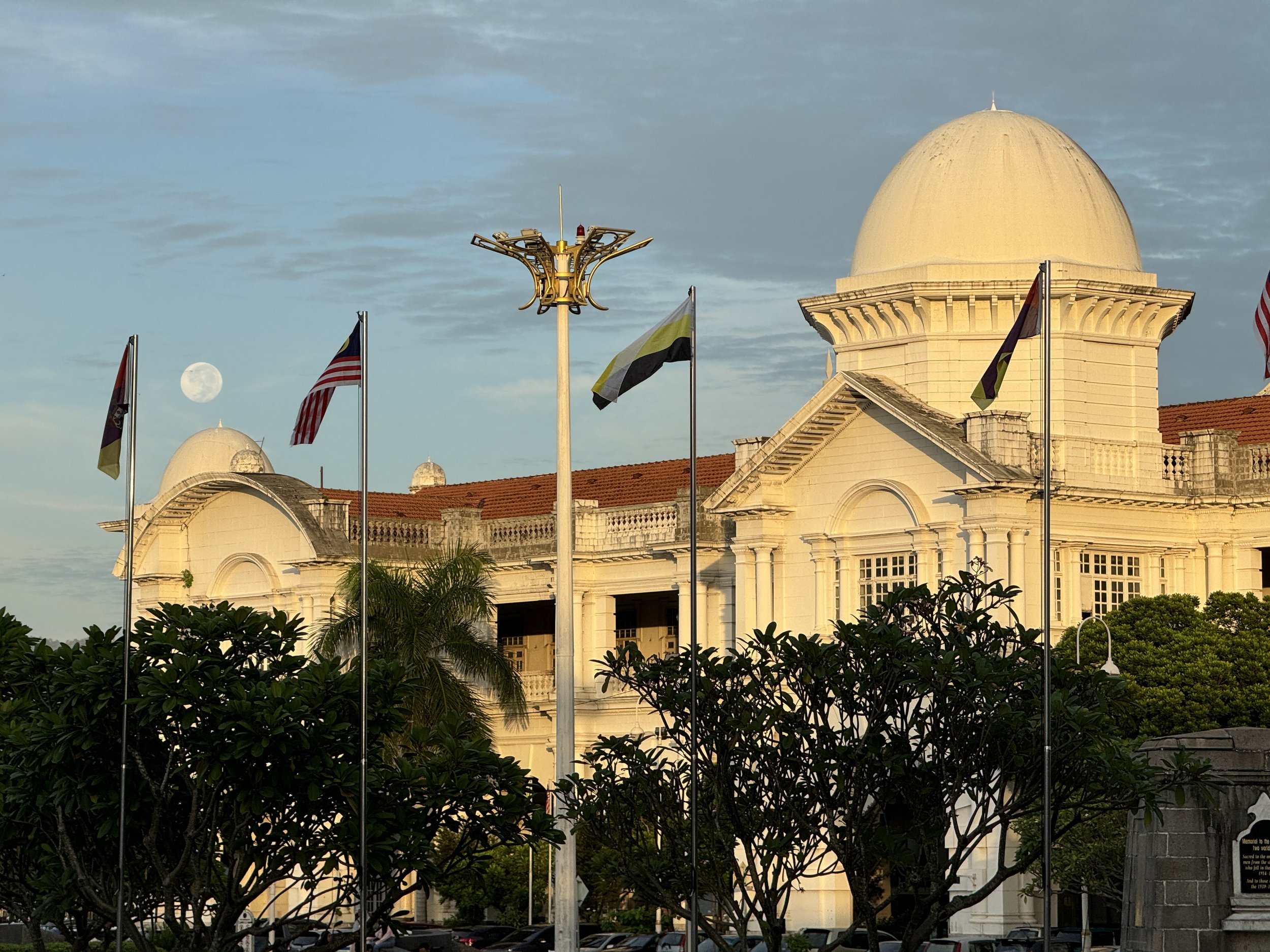
The train station early in the morning, with the moon setting in the background
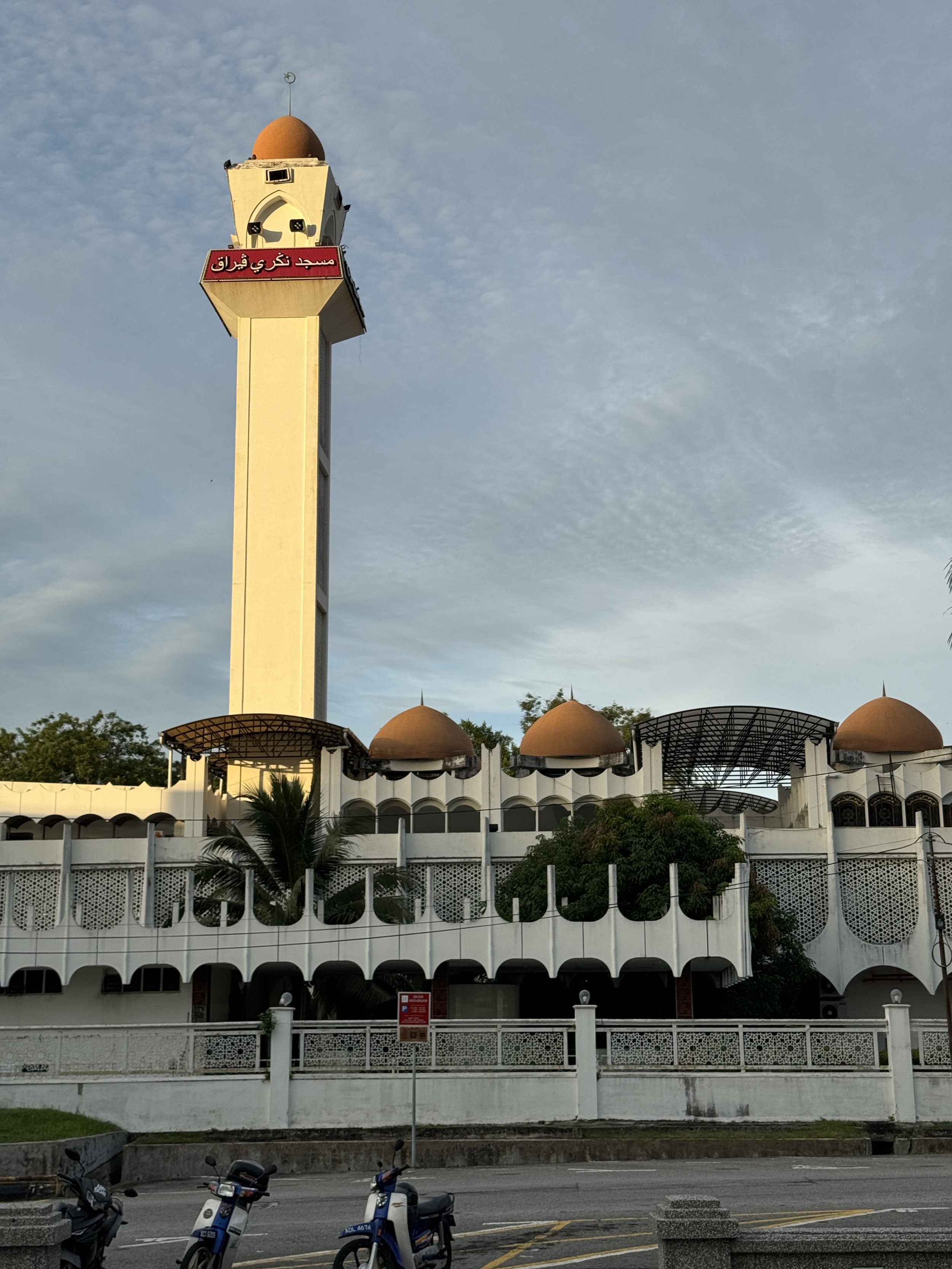
The minaret on one of the mosques in the old town area
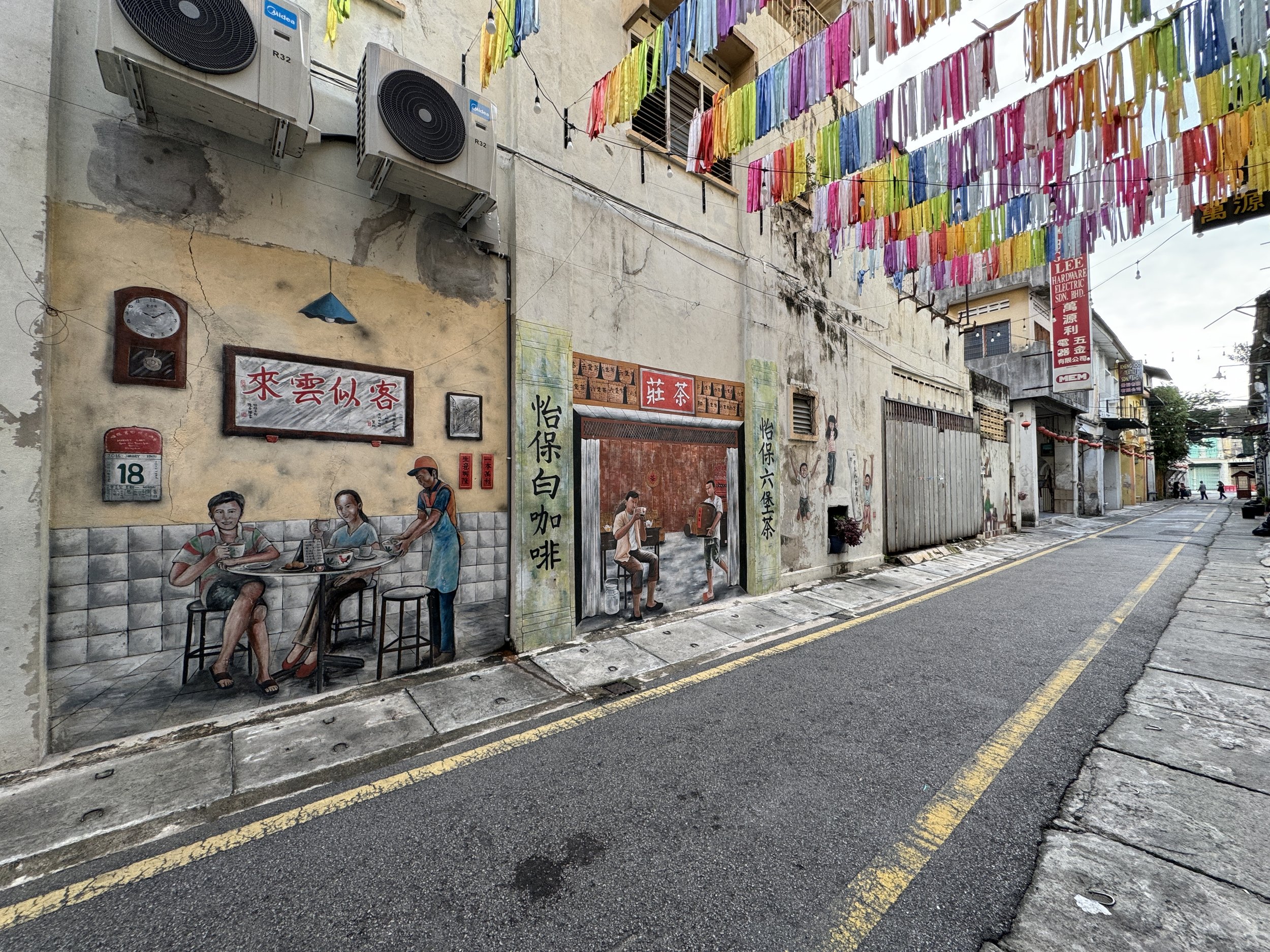
3rd Wife's Lane, early in the morning
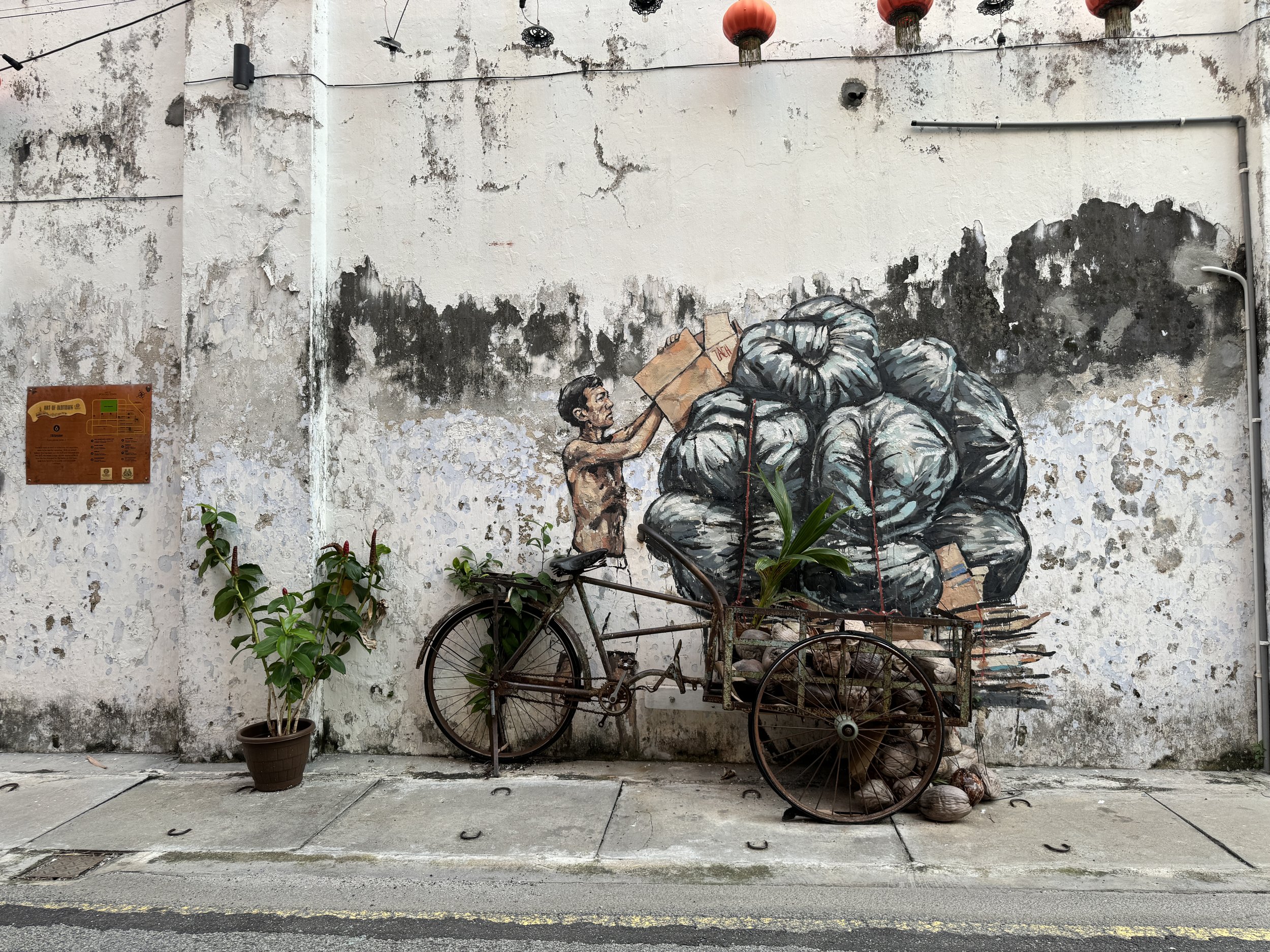
So many murals on the walls around town, it's really nice.
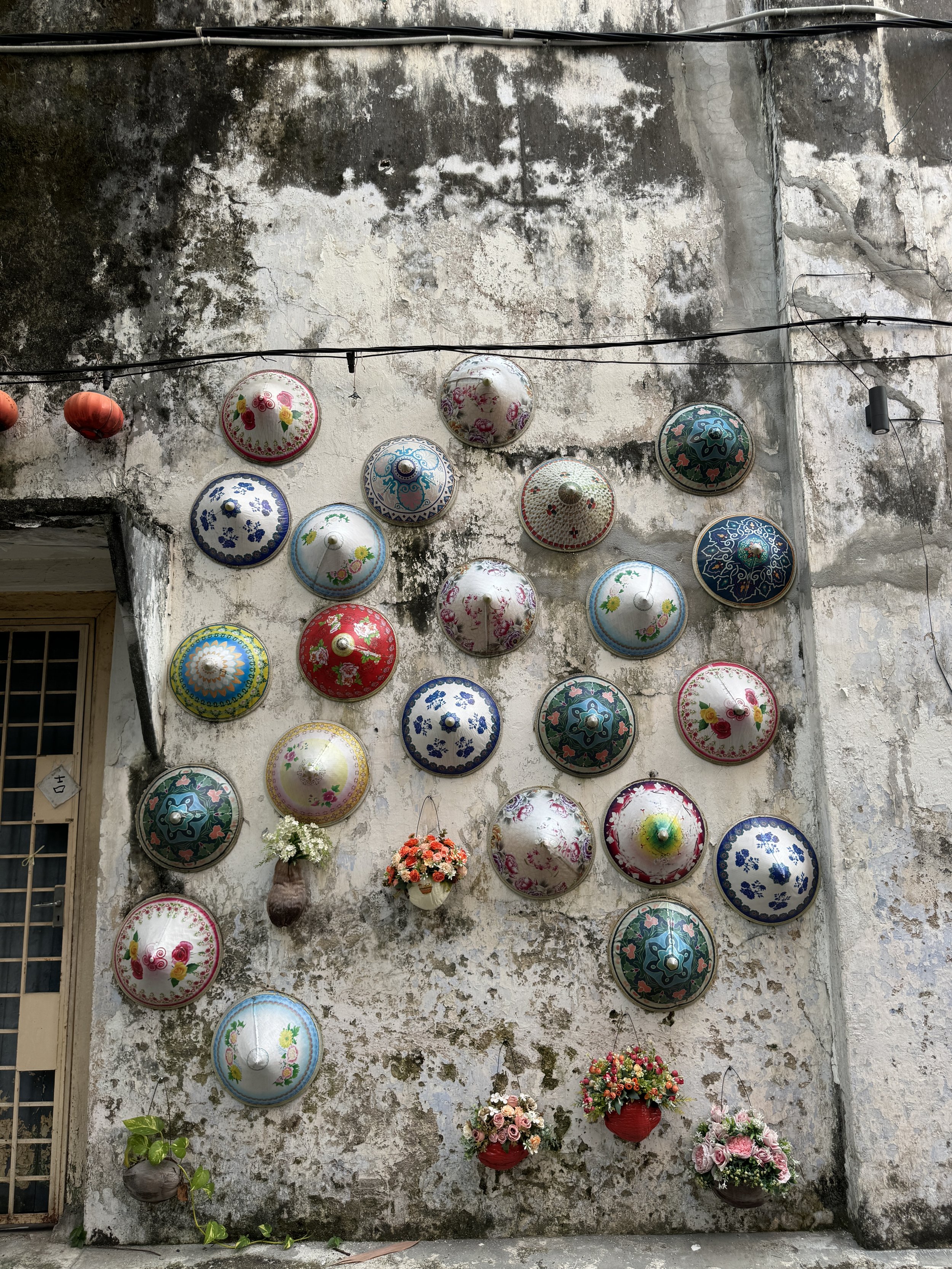
This art installation takes painted hats and hangs them up

Another mural
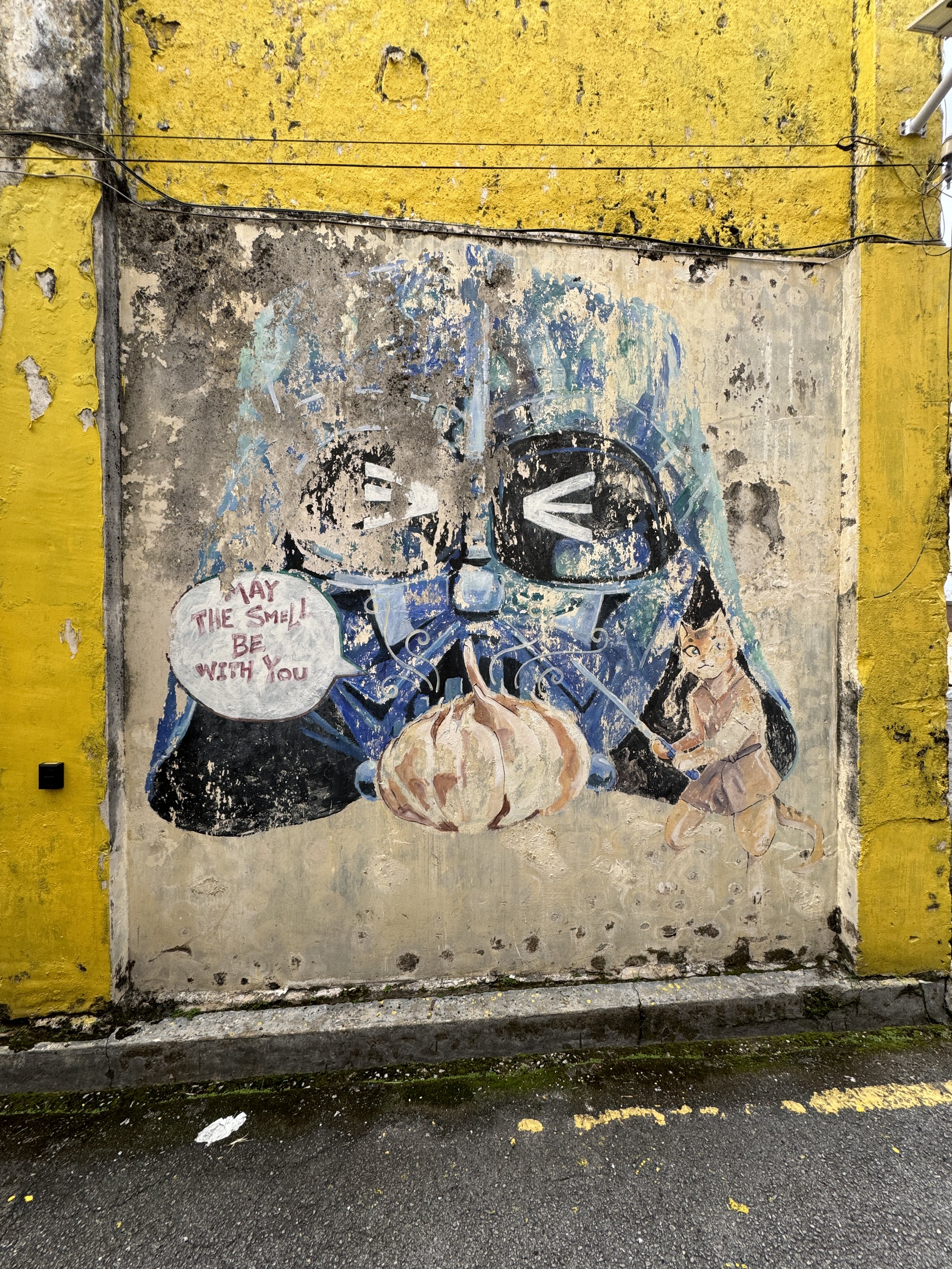
And another mural. There's a trend here
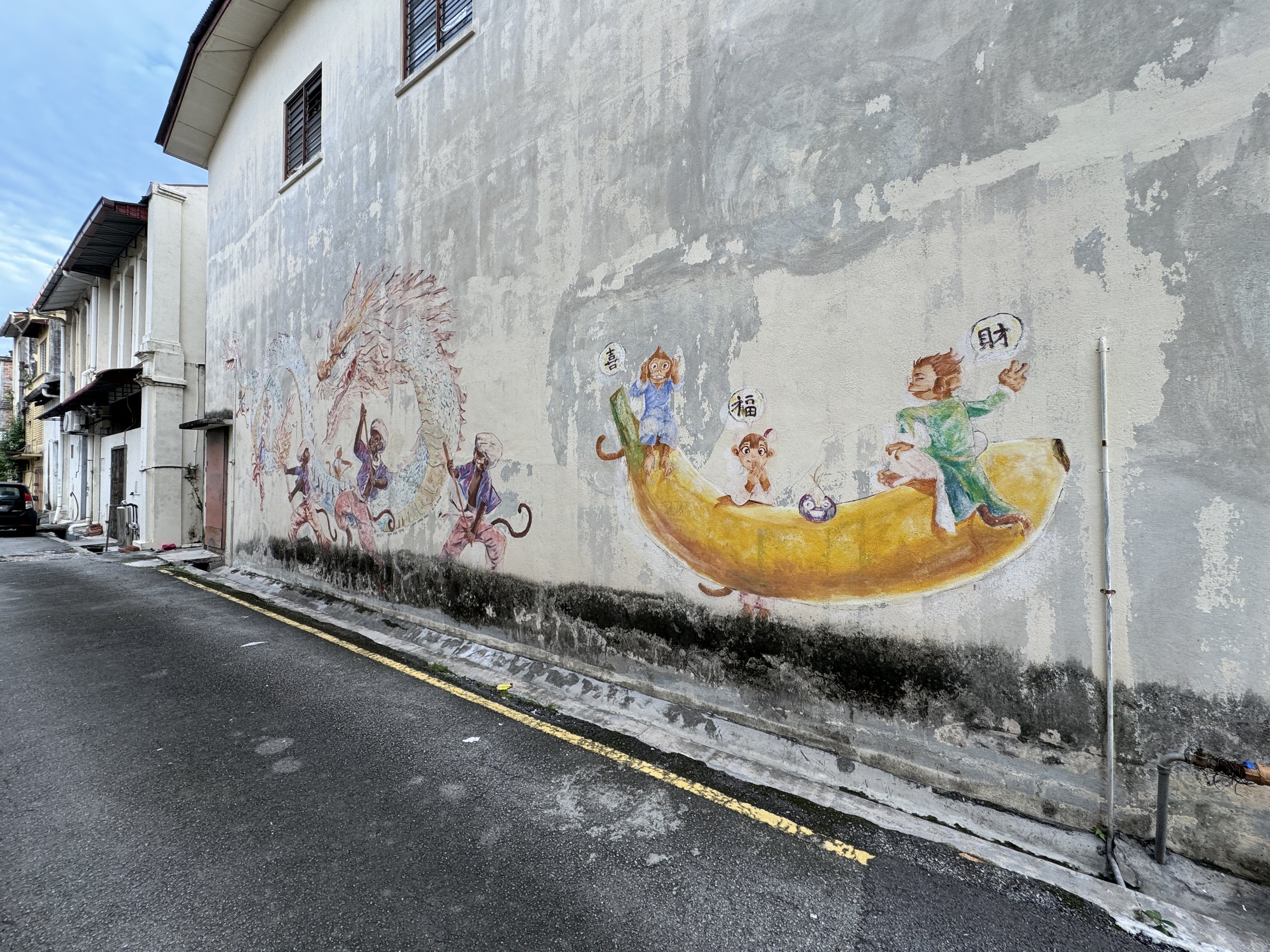
Surprise! Another mural
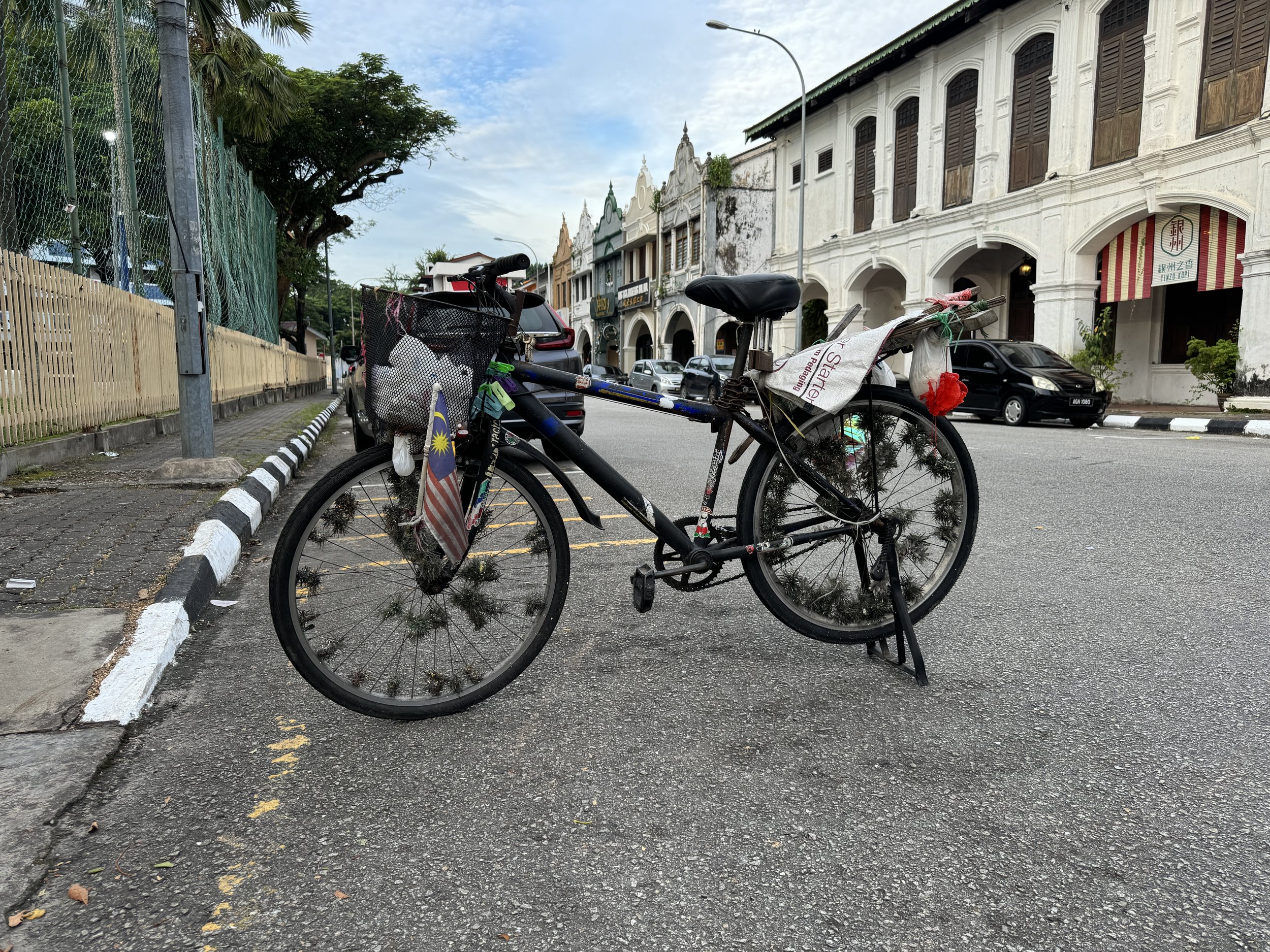
They have bikes here. Just kidding, it's an art installation. Well, it is a bike too.
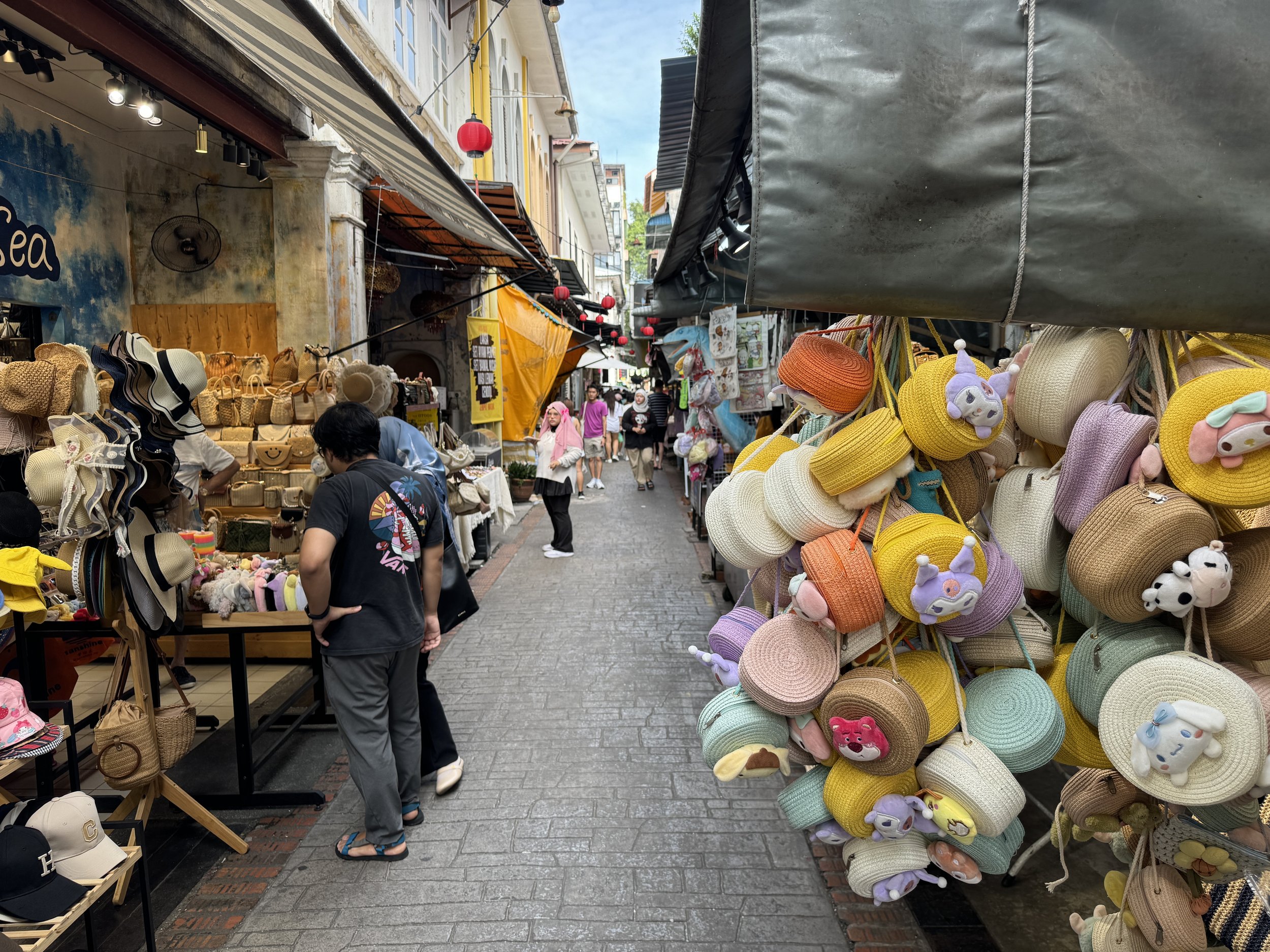
Concubine Lane. Tourist Central for Ipoh
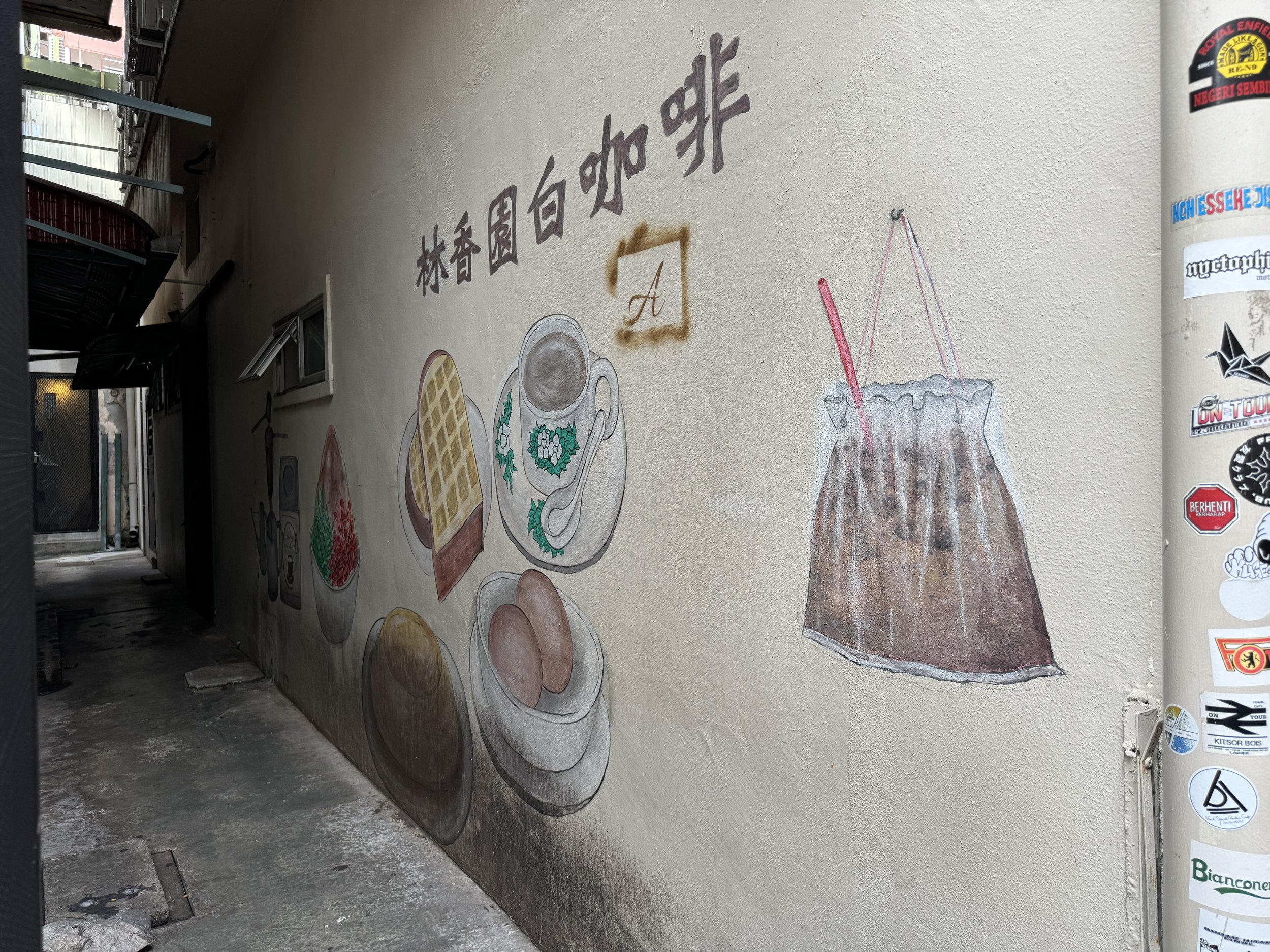
Murals are everywhere

The Kinta Riverwalk goes along the Kinta River, which flows through town
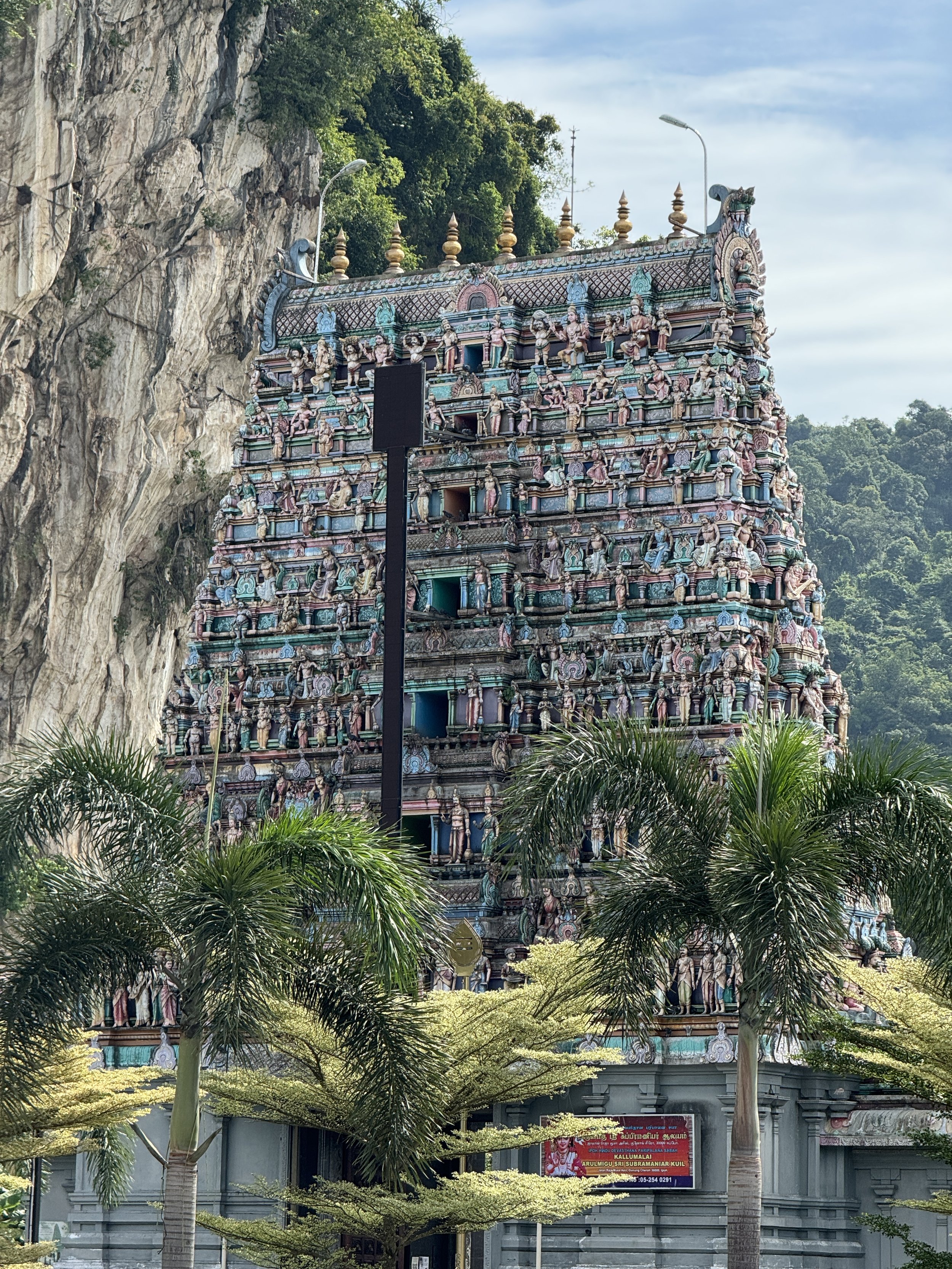
Ipoh Kallumalai Arulmigu Subramaniyar Temple, a Hindu Temple next to a limestone cliff

Ipoh Kallumalai Arulmigu Subramaniyar Temple
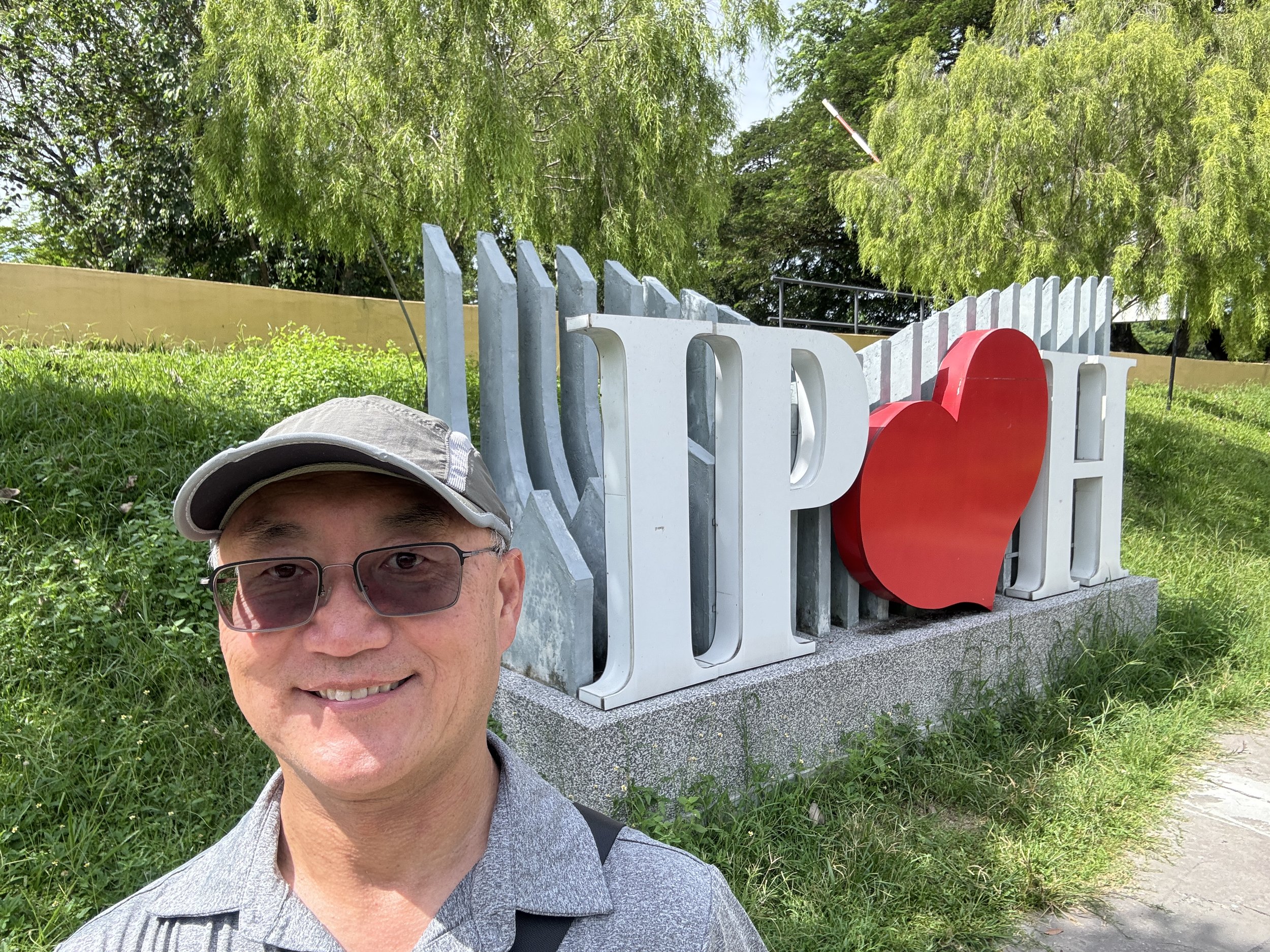
I heart Ipoh
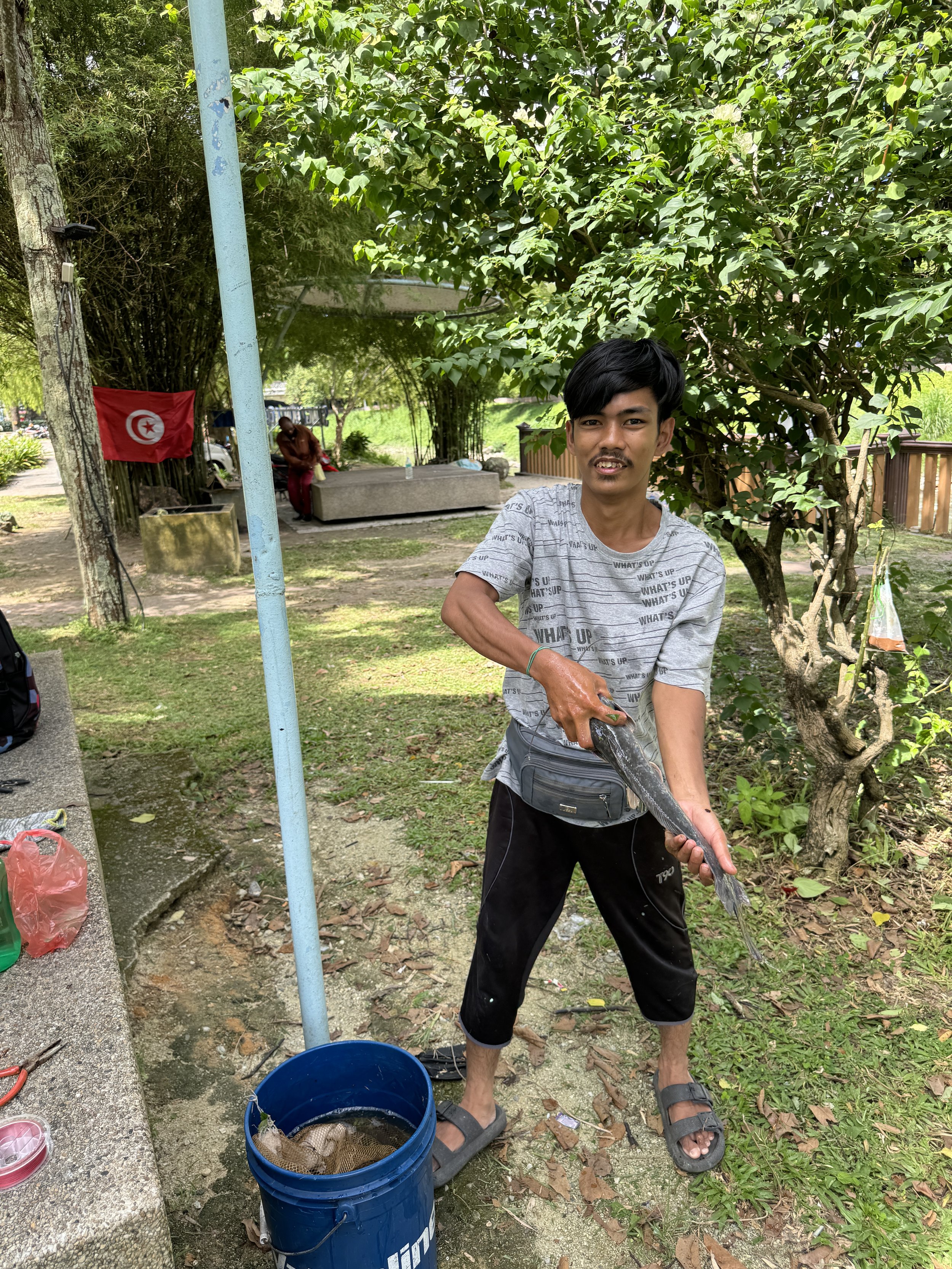
Locals fish the river and they catch mainly catfish.

Colonial architecture seen from the town square
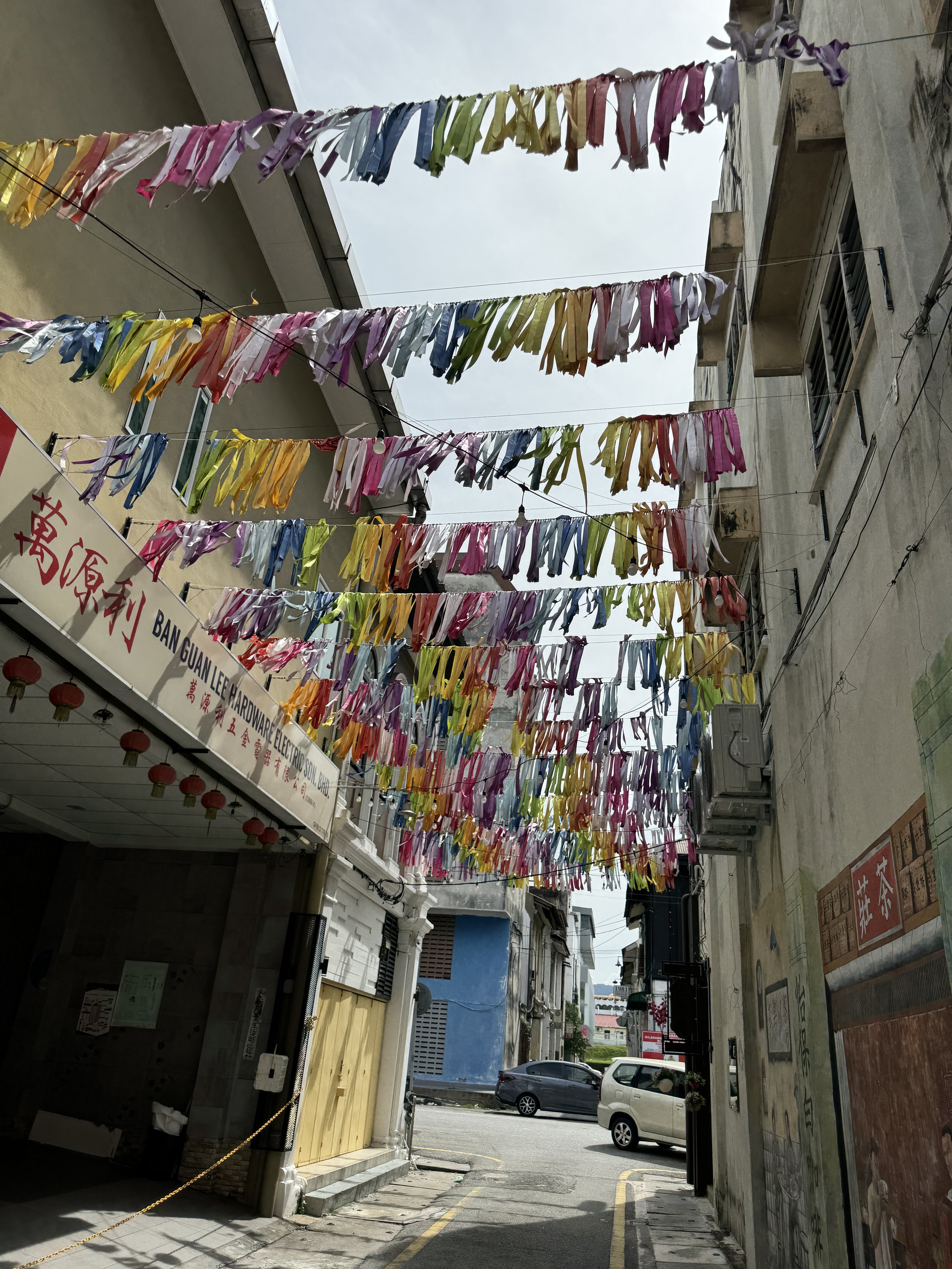
3rd Wife's lane
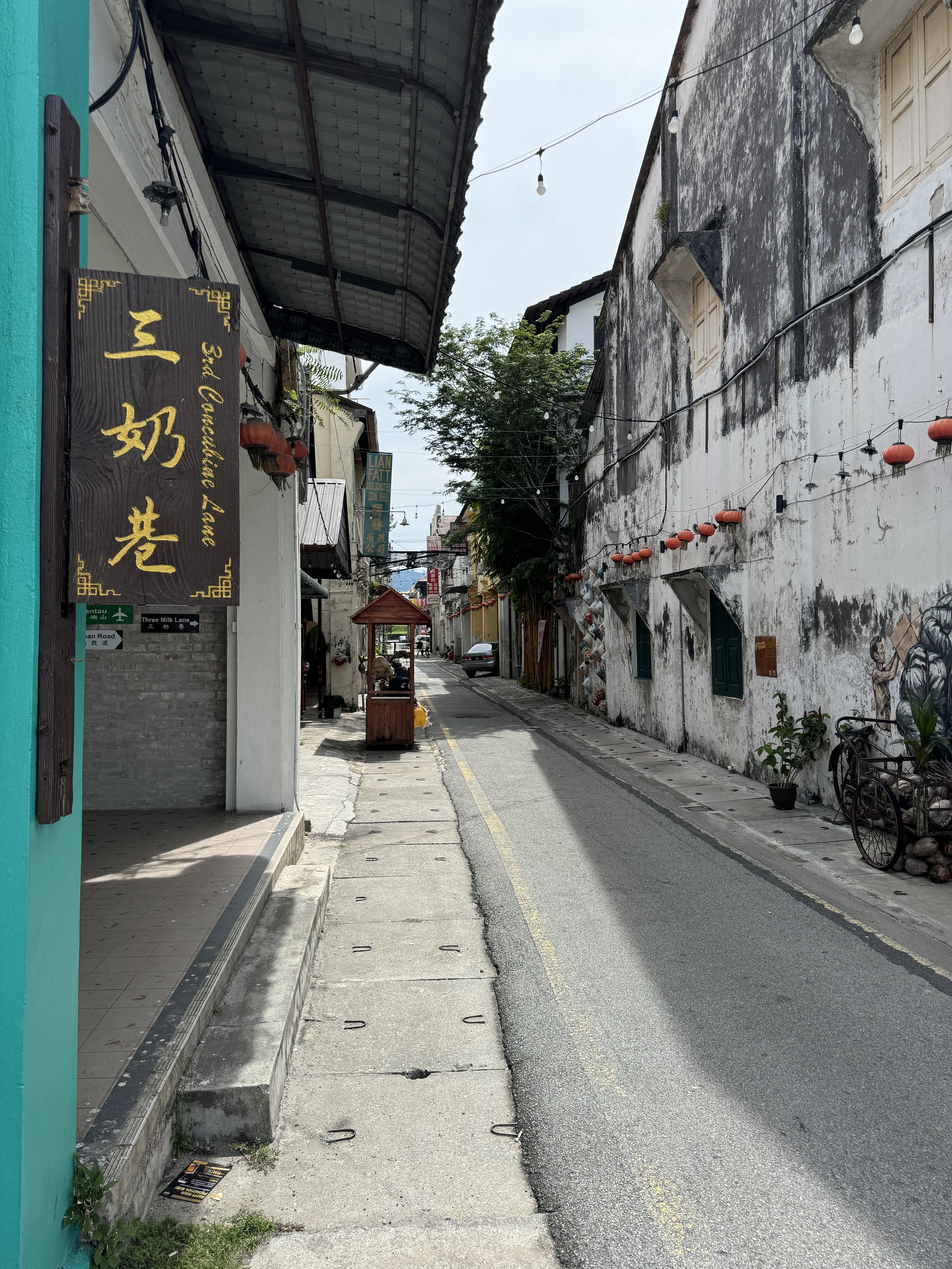
The sign for 3rd Wife's Lane
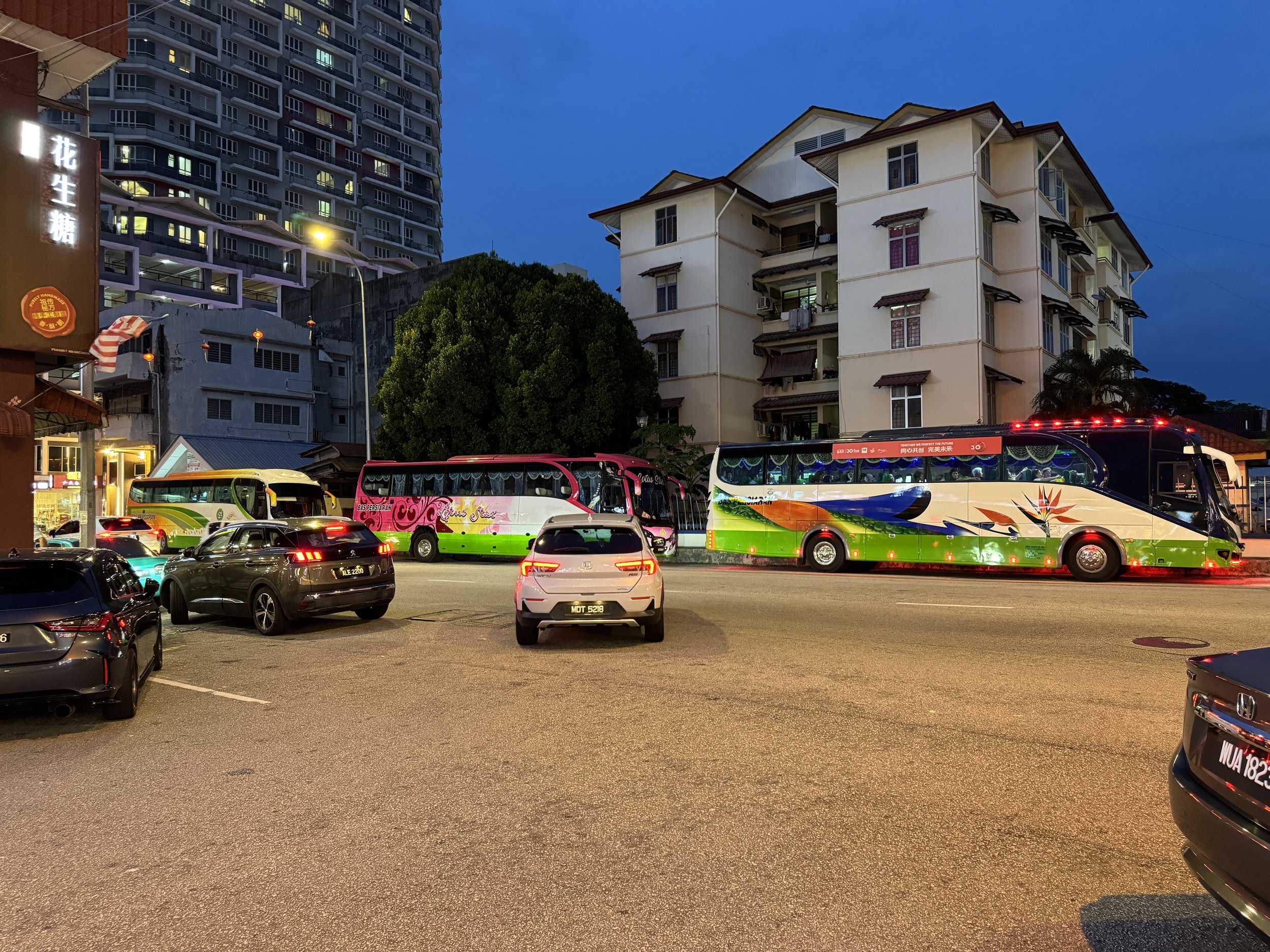
Busloads of tourists come into town each day
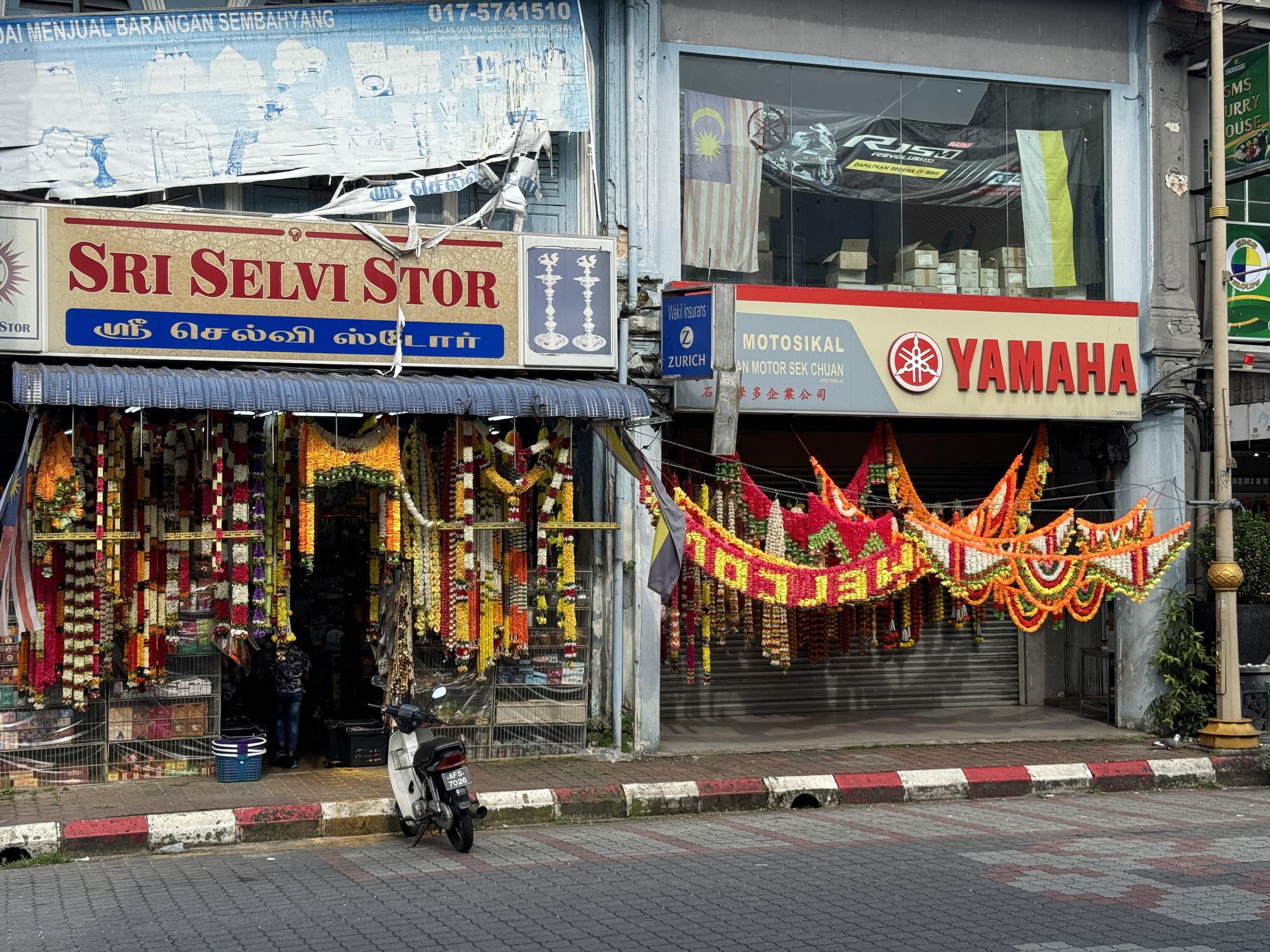
In the Hindu area of town a lot of stores have floral decorations at the entrances
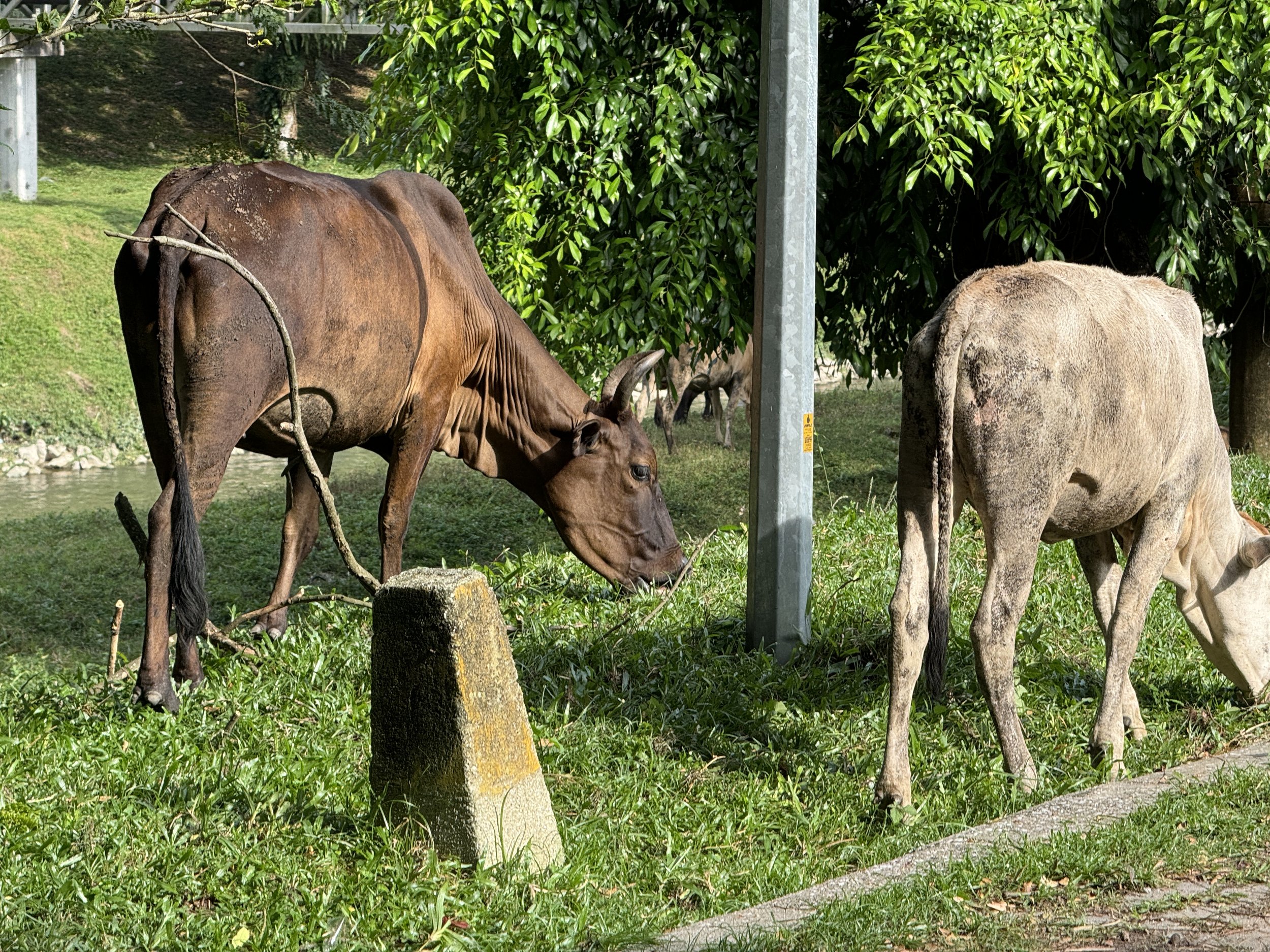
Just a random herd of cows on the Riverwalk
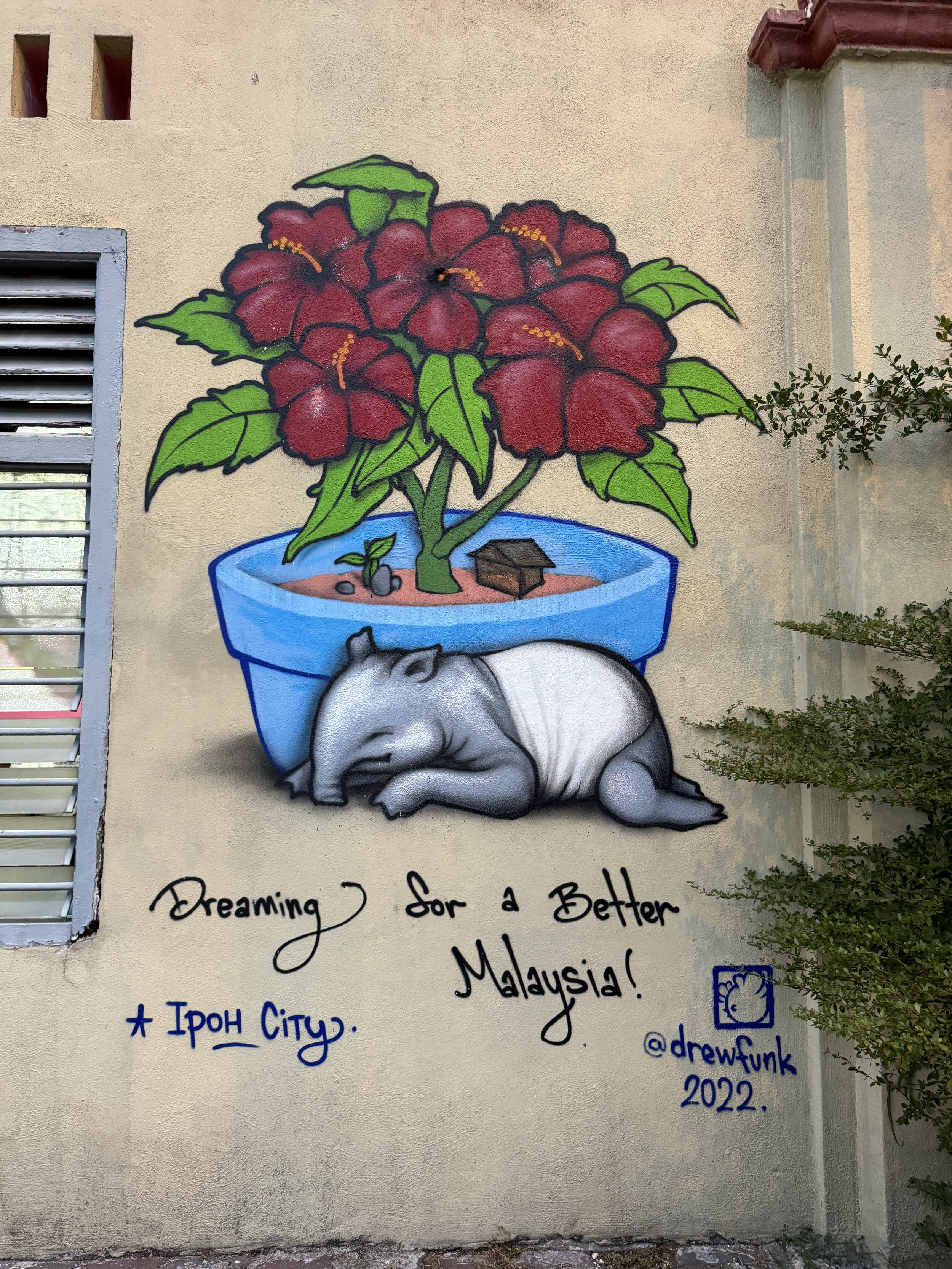
More art
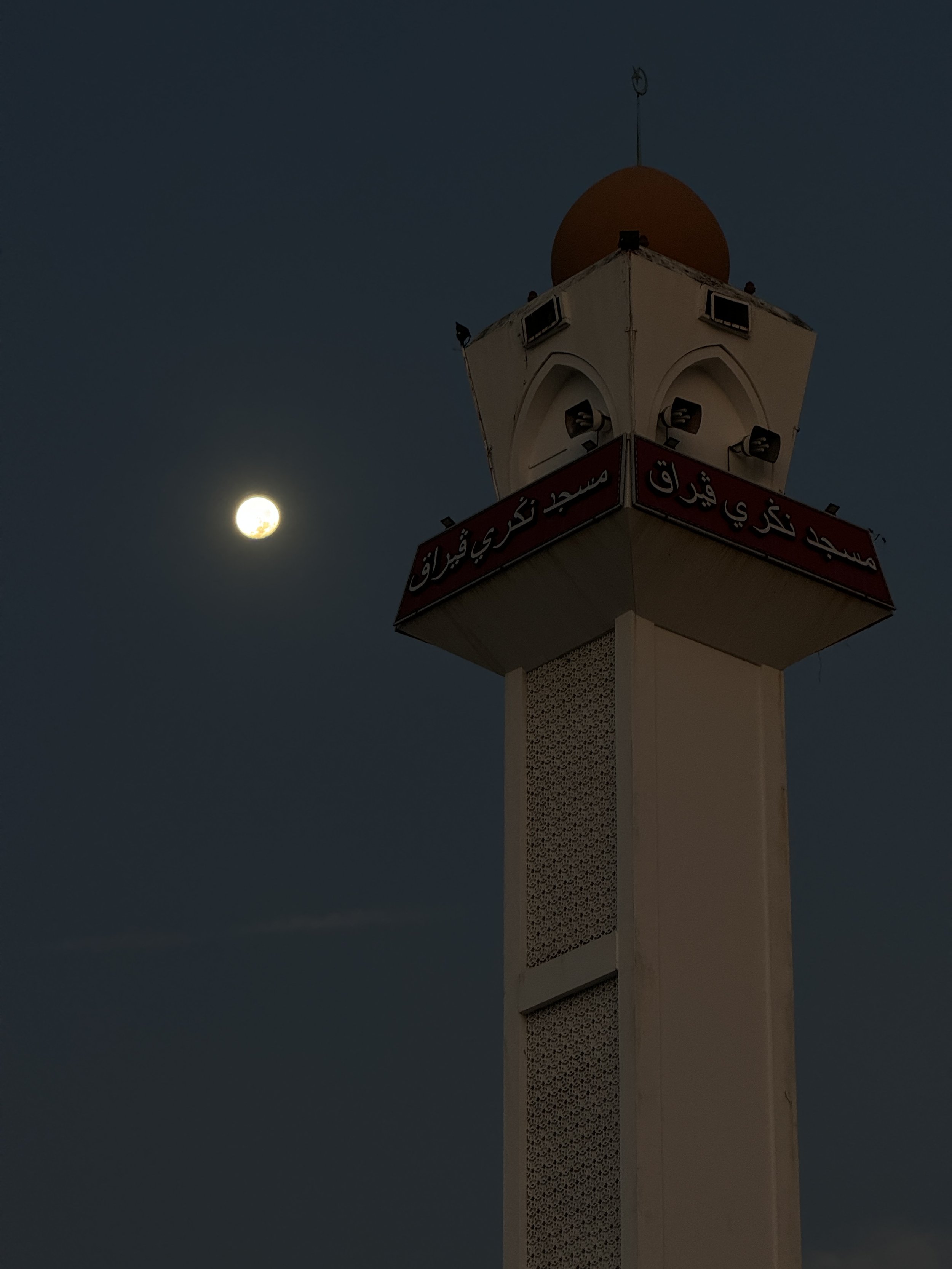
The mosque at moonset/sunrise
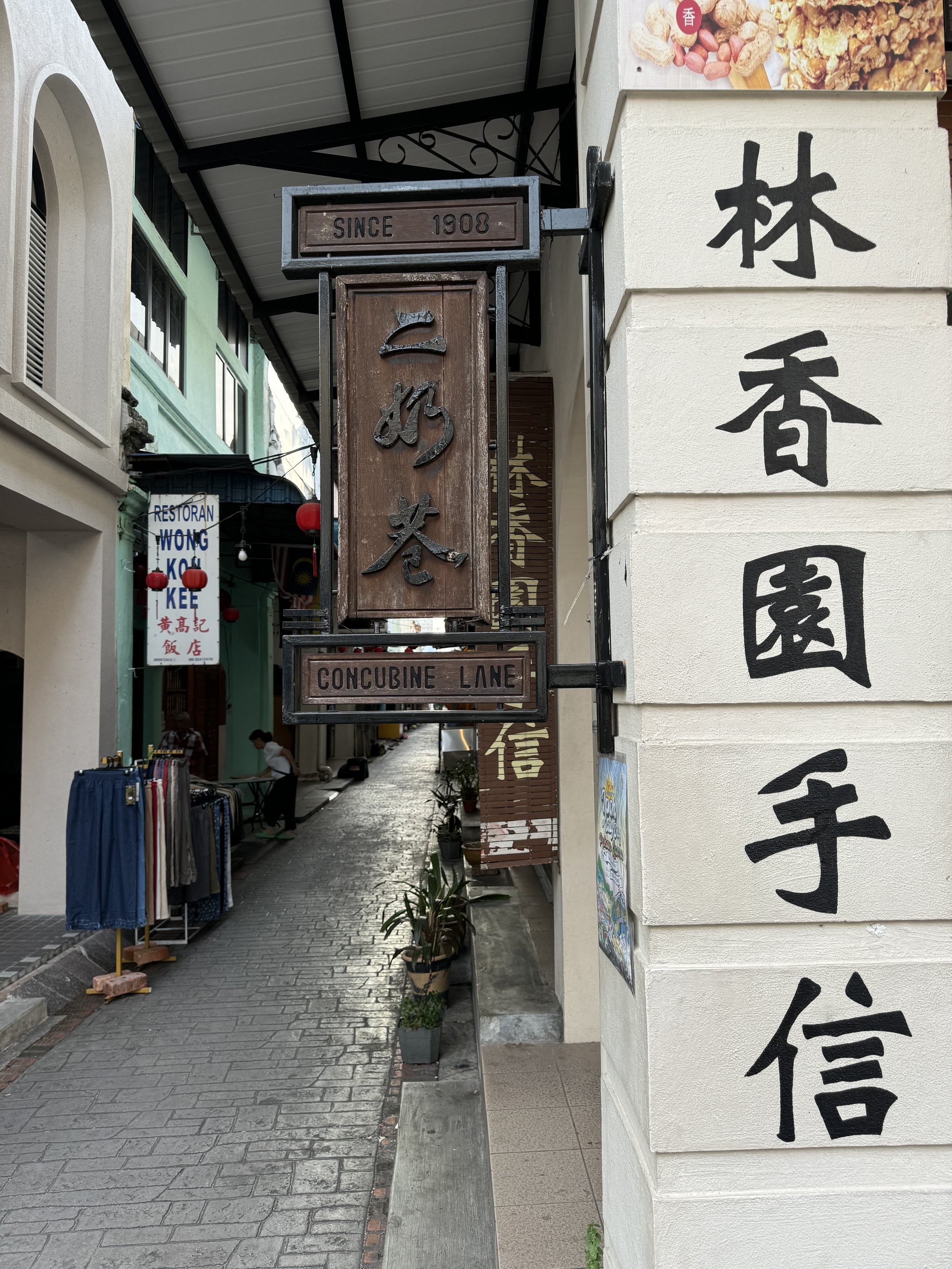
The sign for Concubine Lane, early in the morning when the crowds are absent.
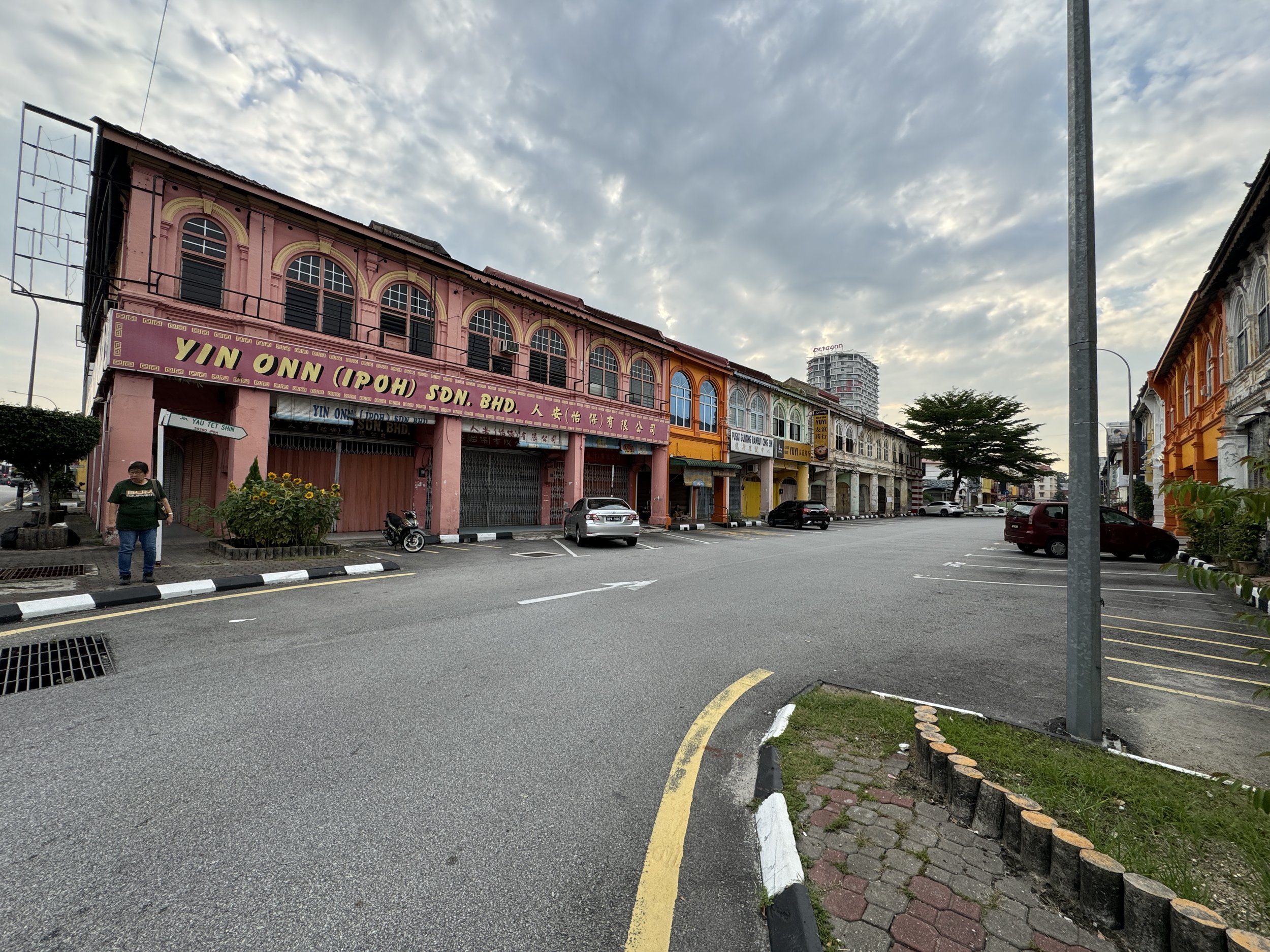
Some of the colorful old buildings
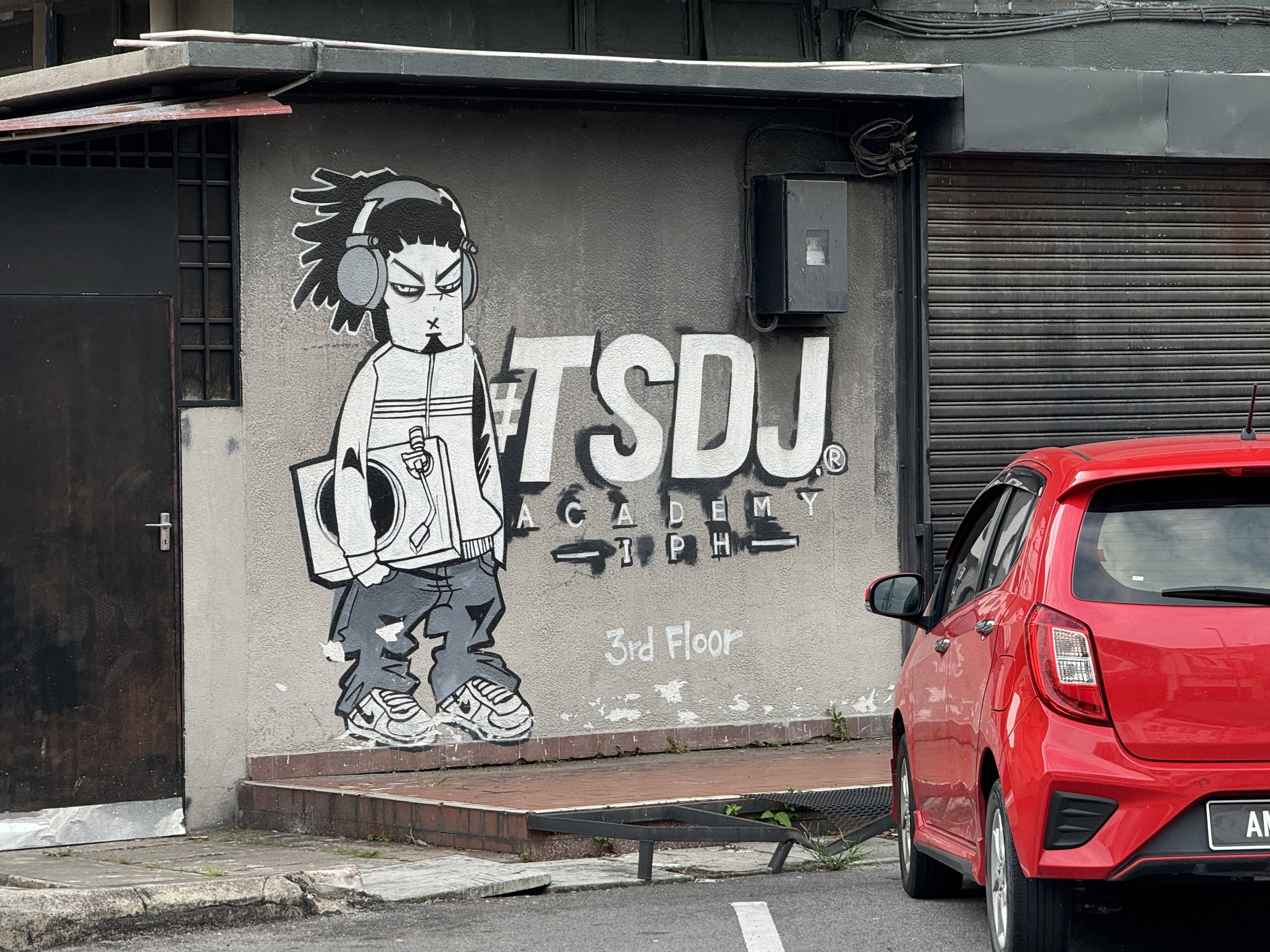
I inquired about becoming a DJ. They thought I was way too old.
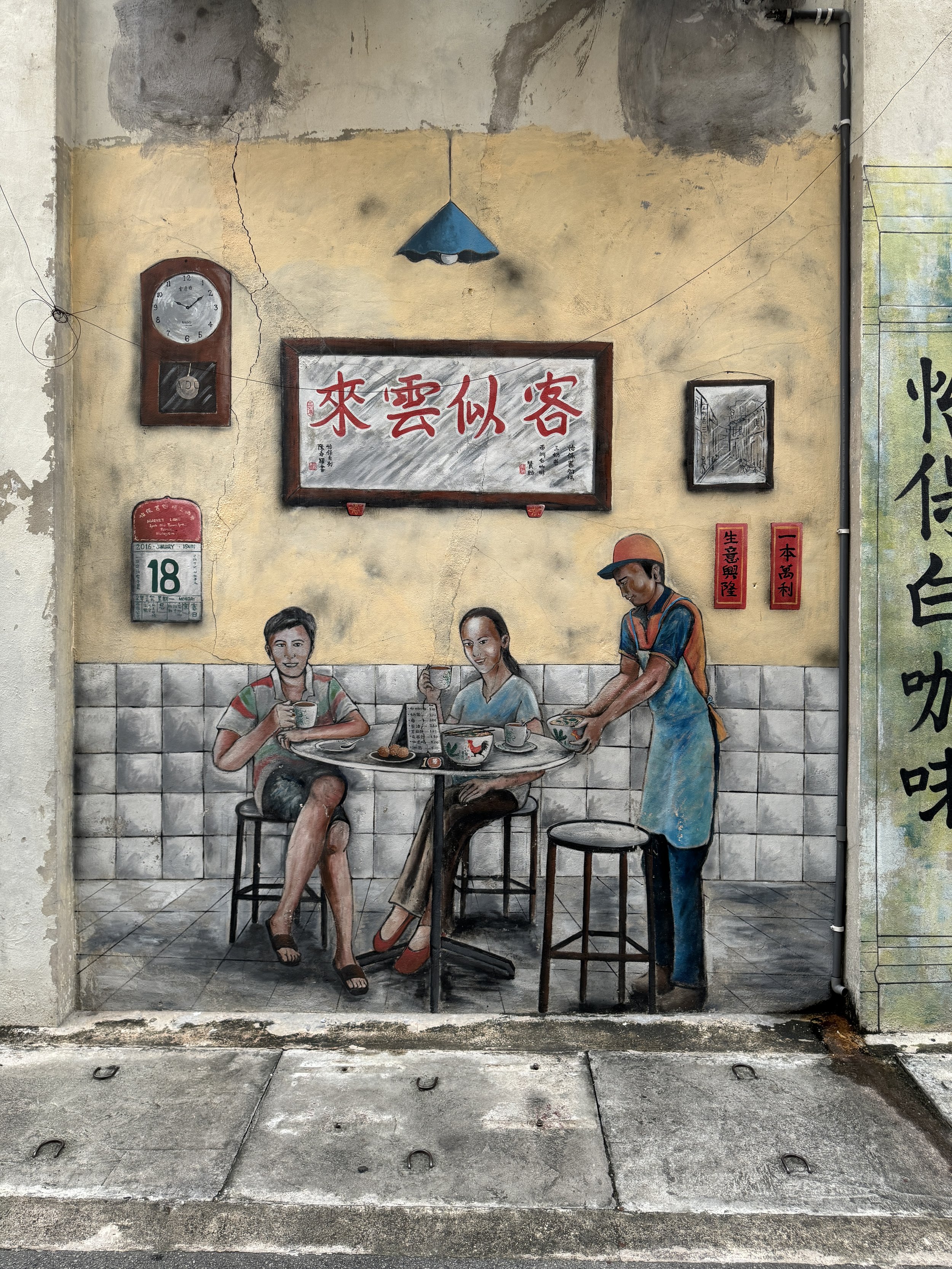
More art
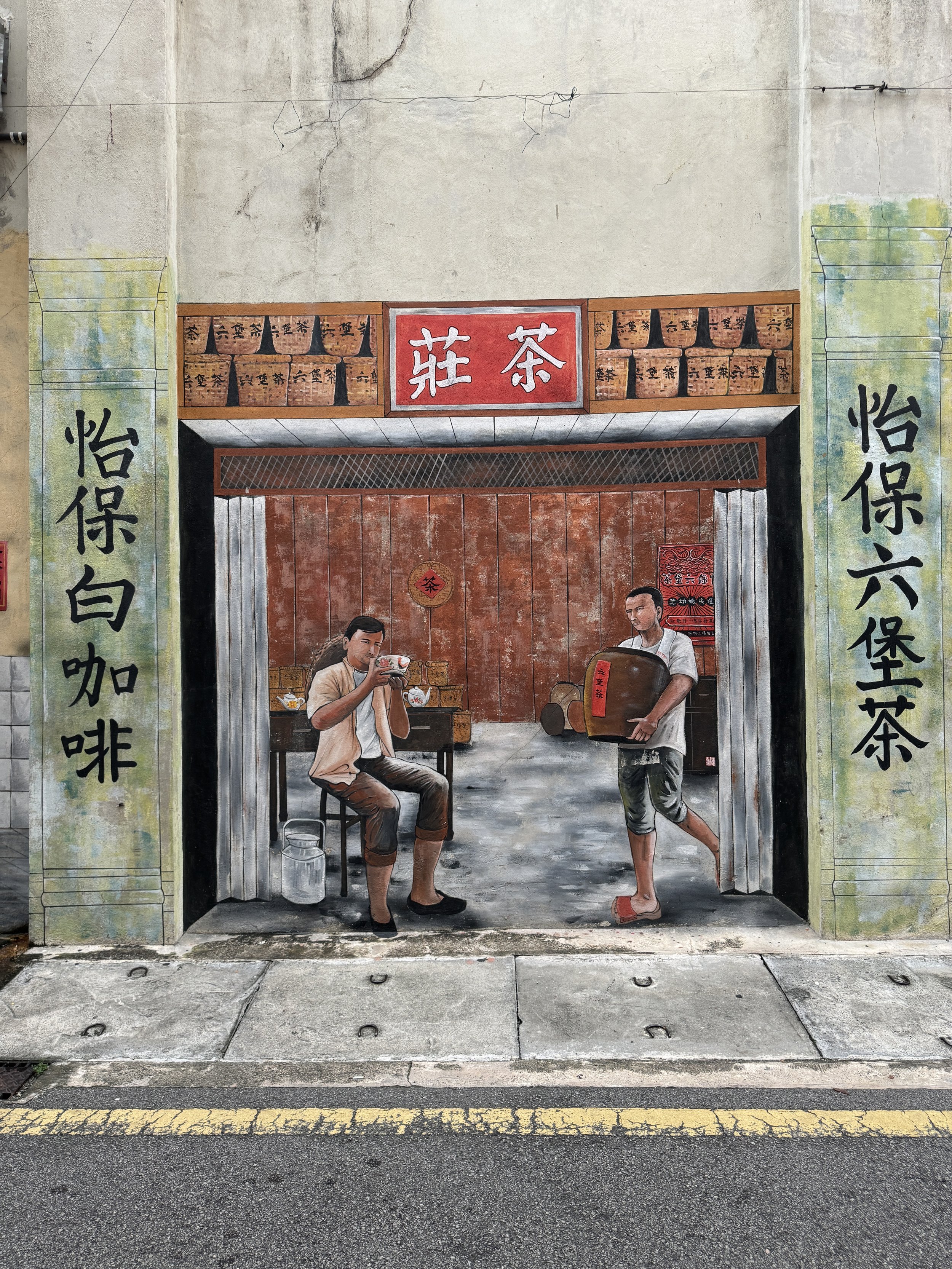
And more art
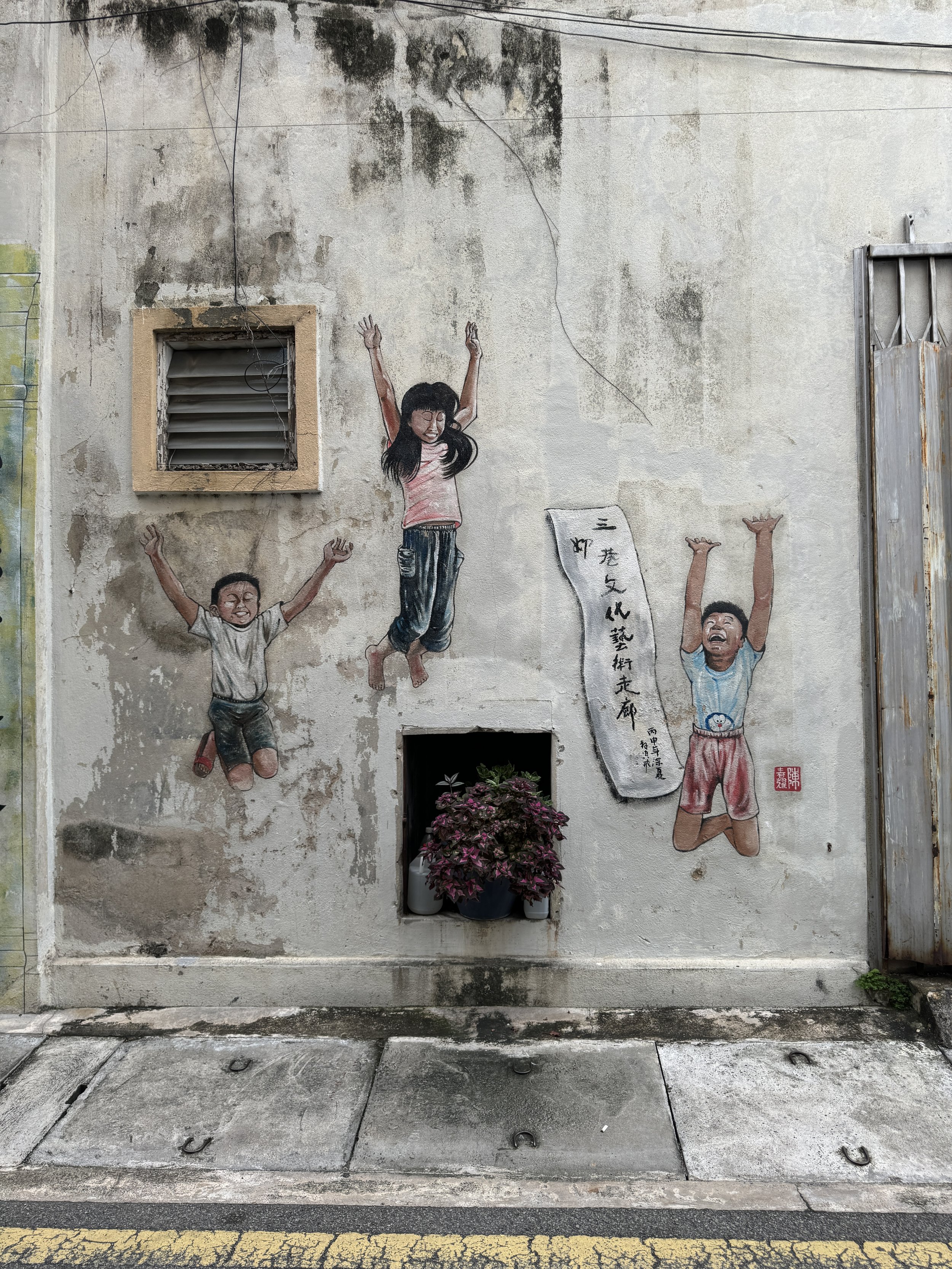
And even more art

Even the pathways have art.
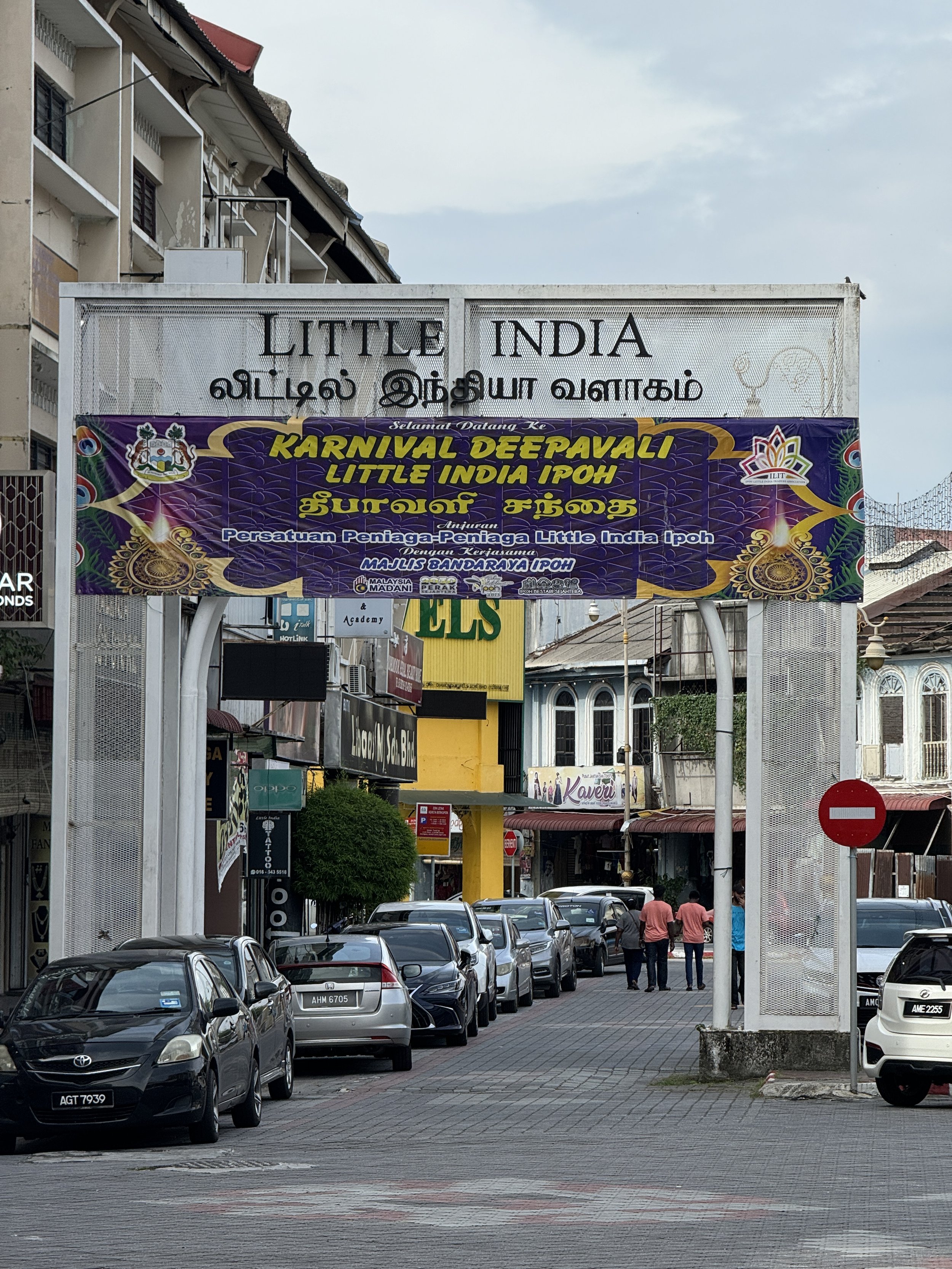
The Entrance gate at Little India
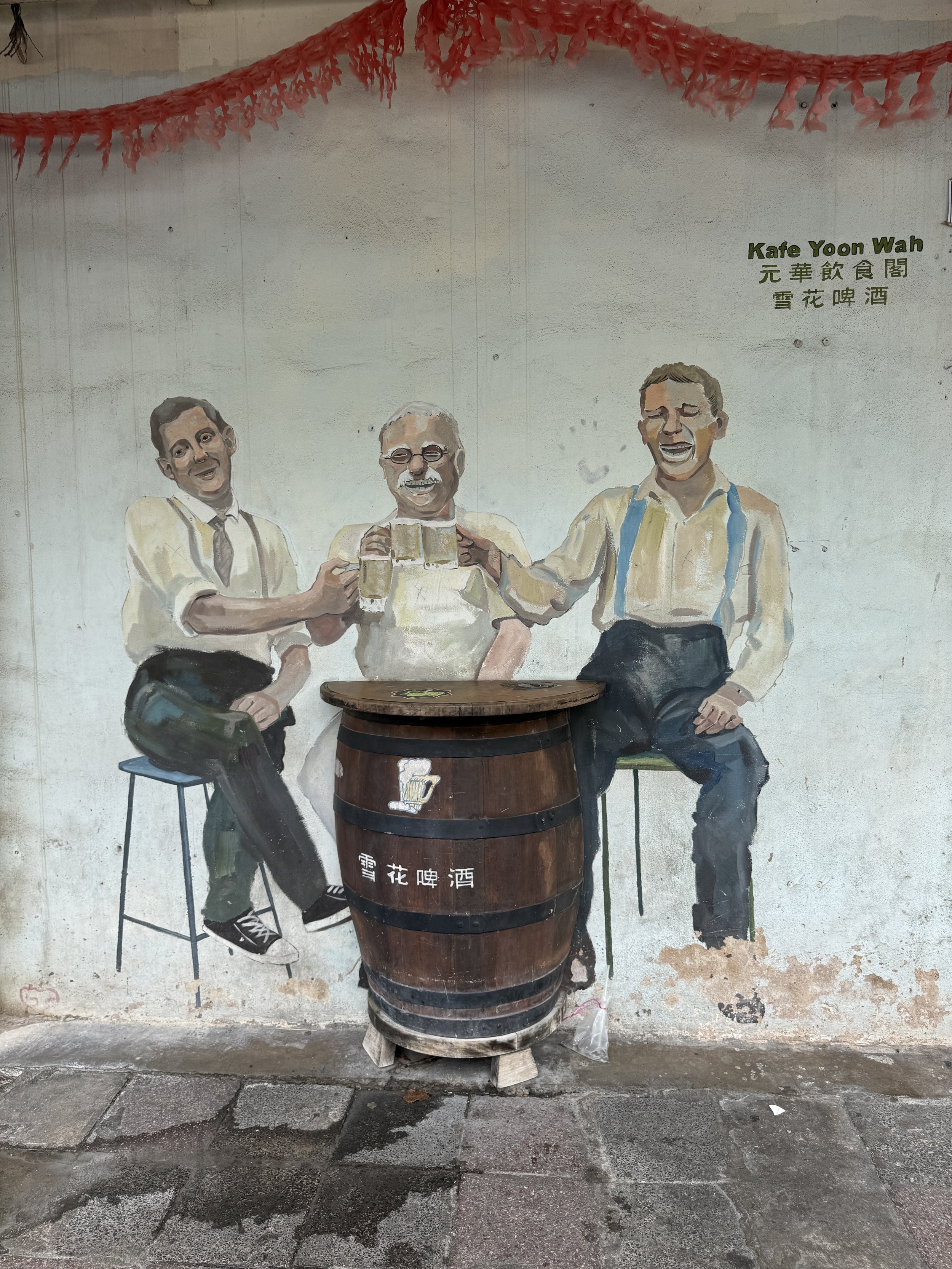
Beer art. If you can't see it, the barrel is real, and the painting is drawn around it.
Gallery #2

